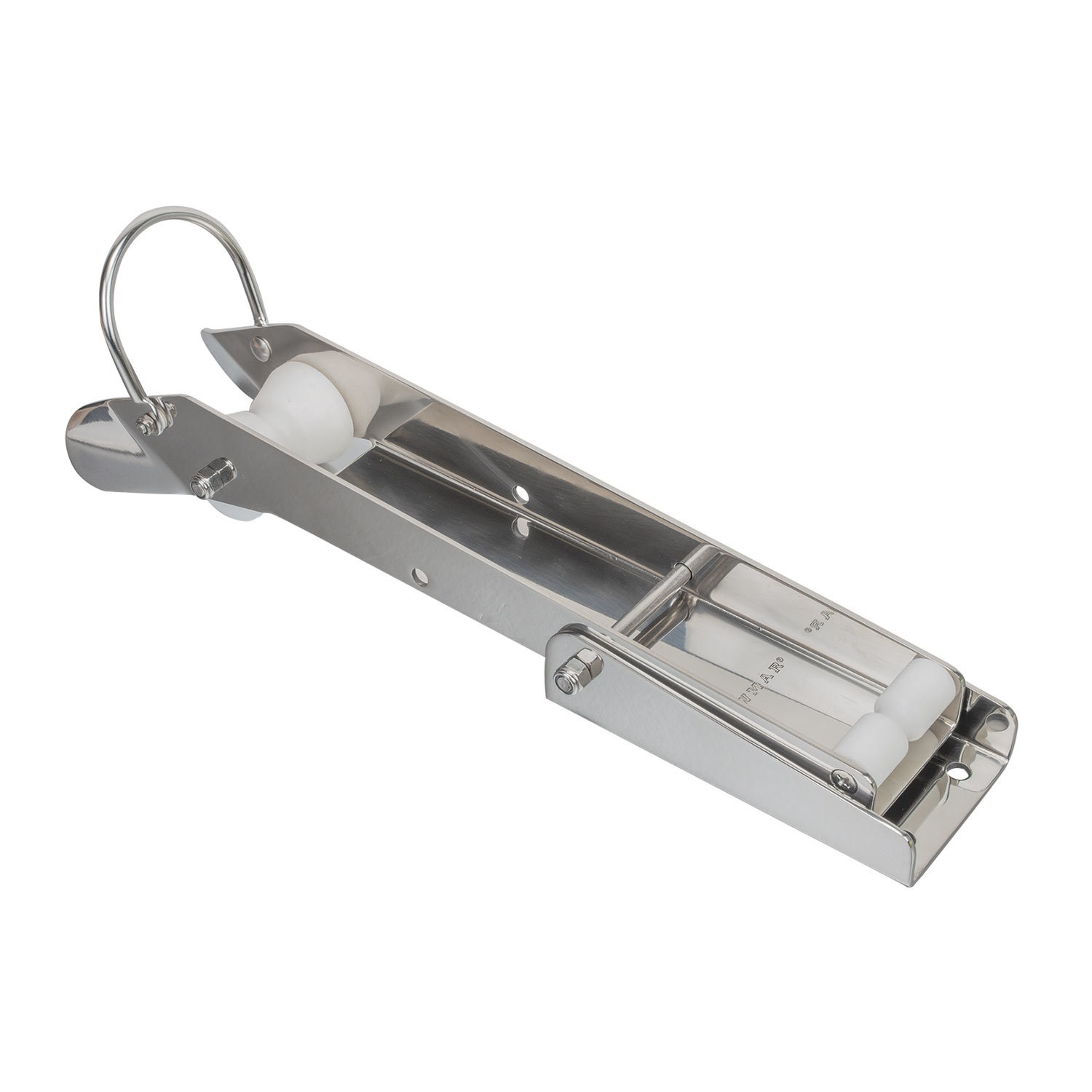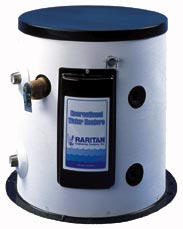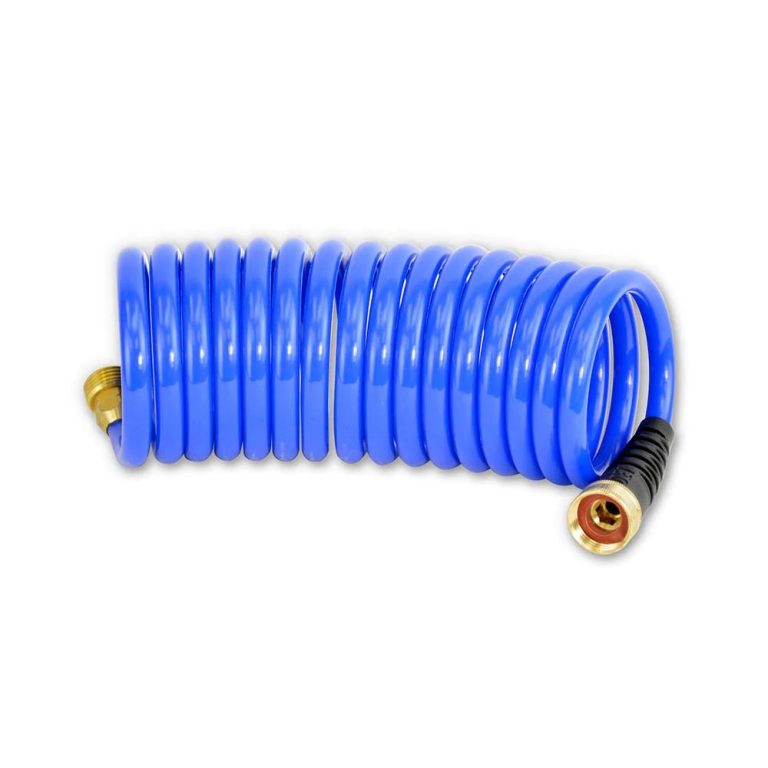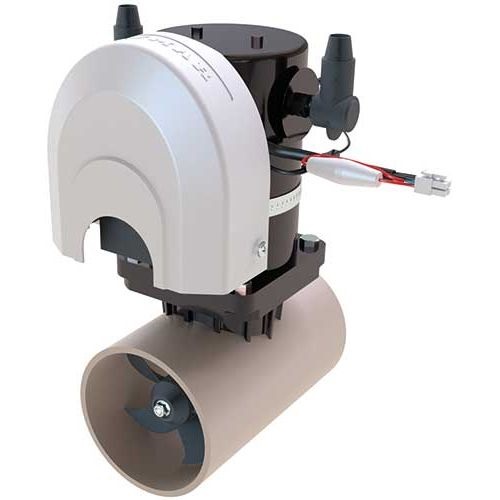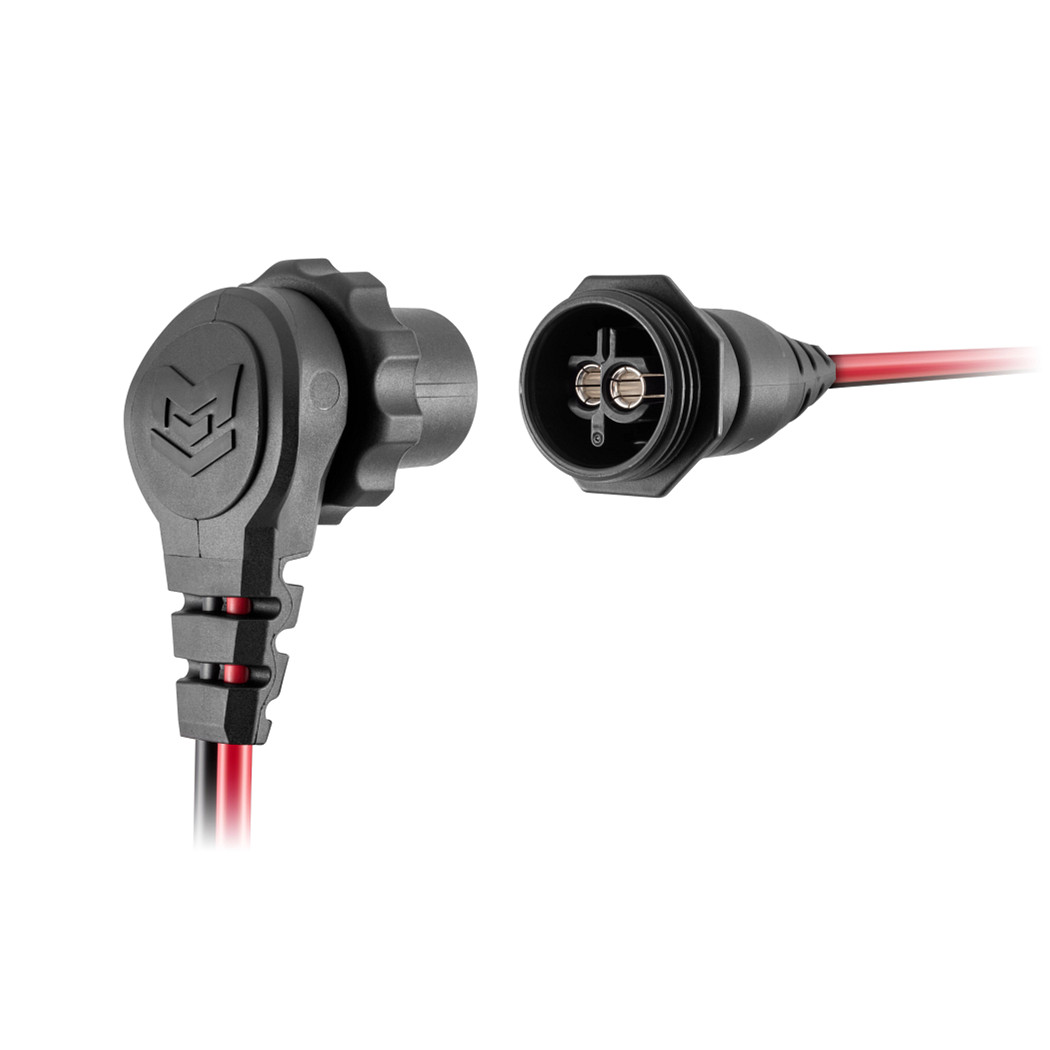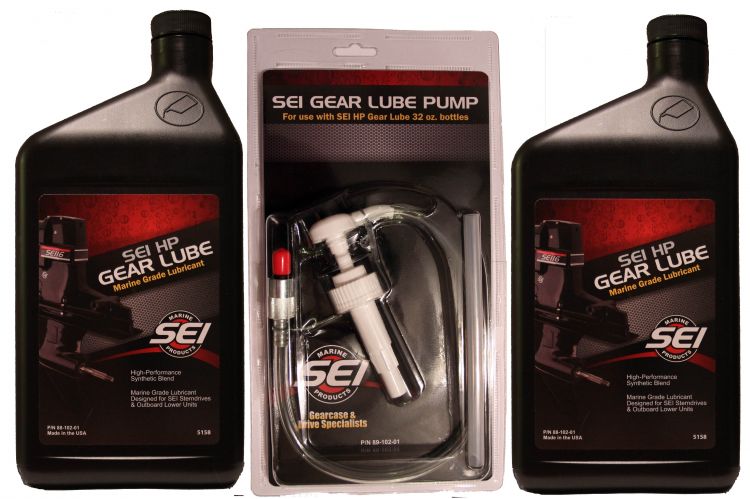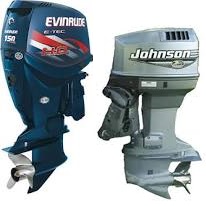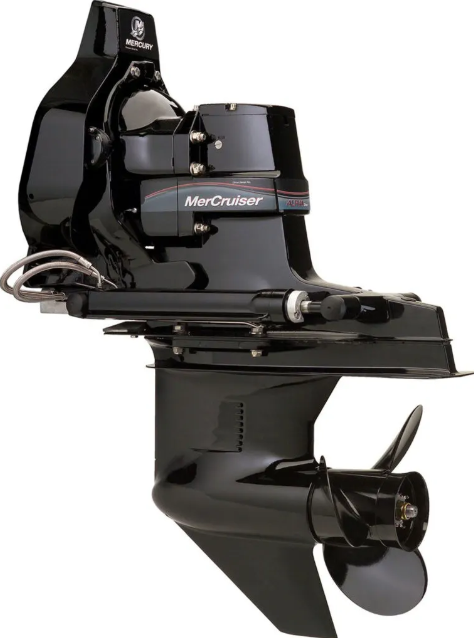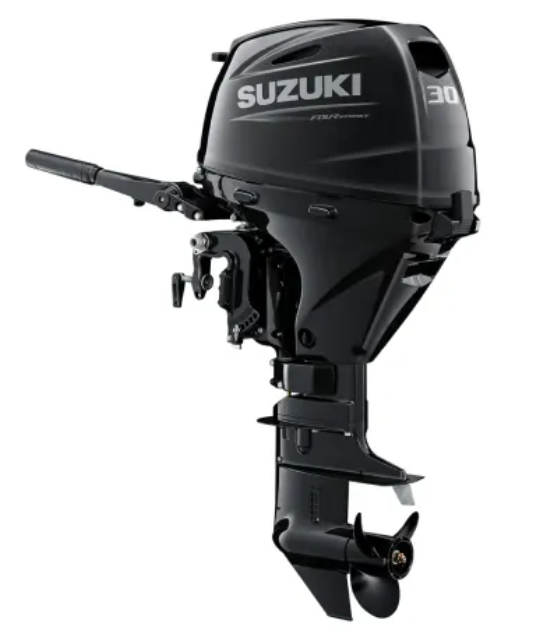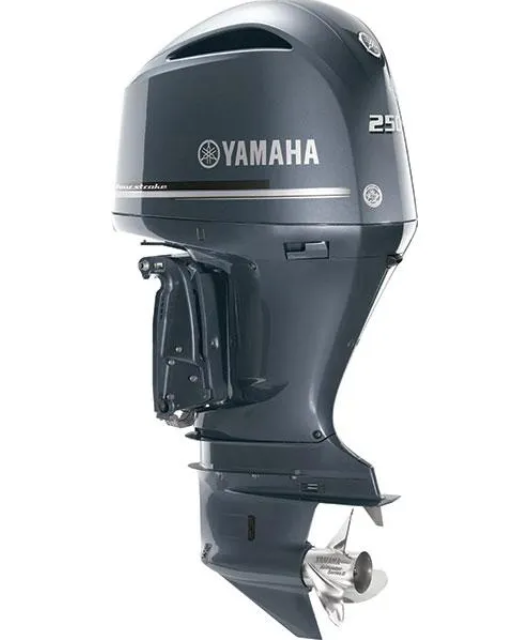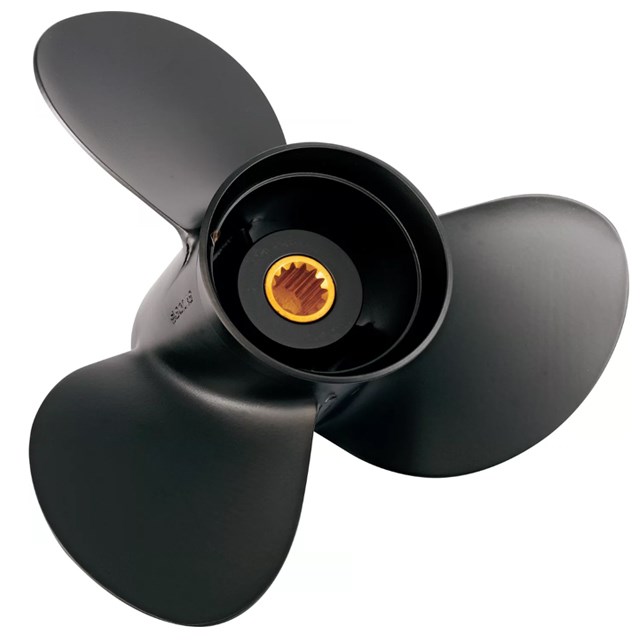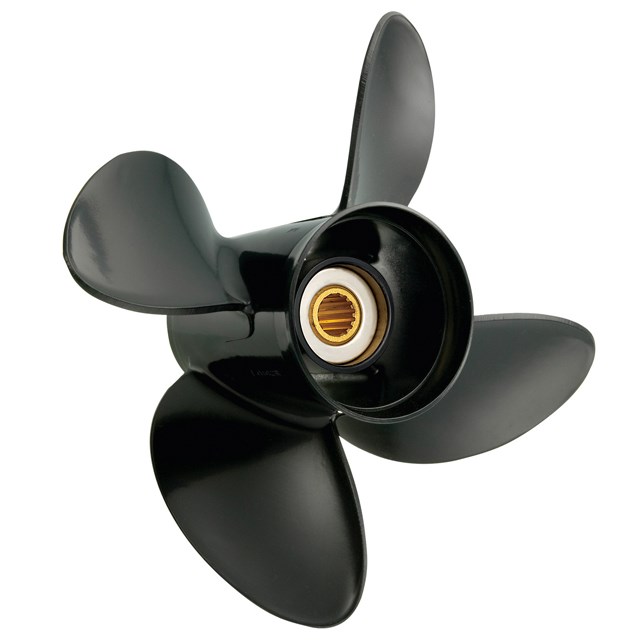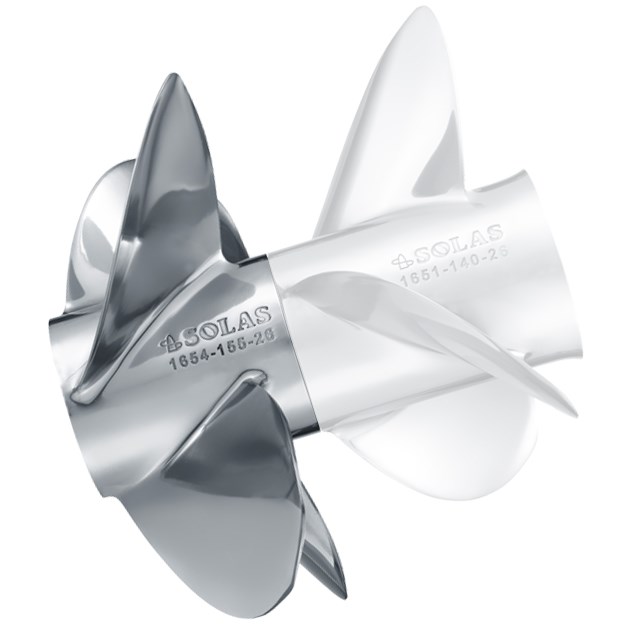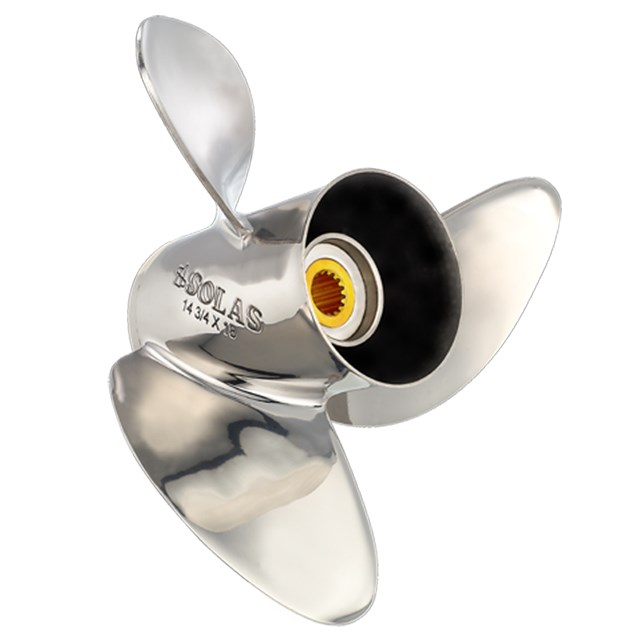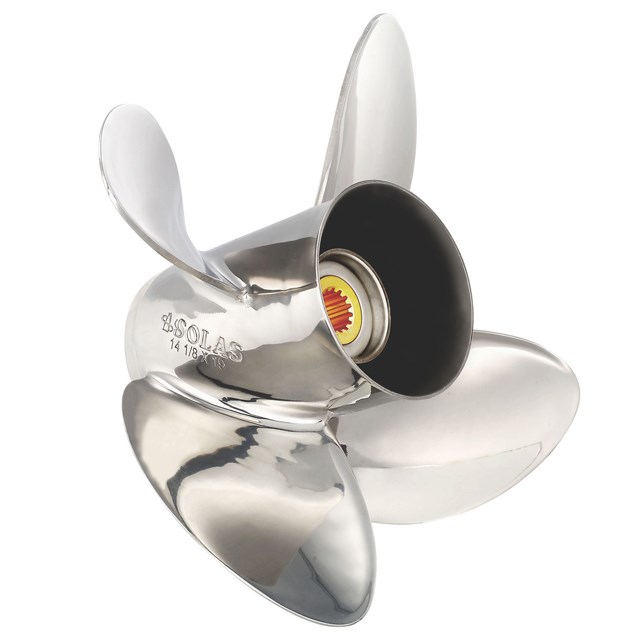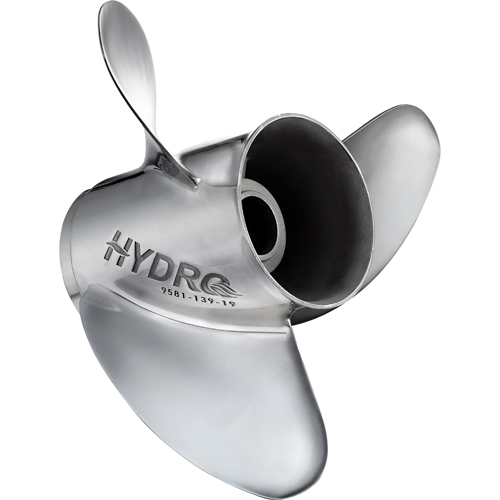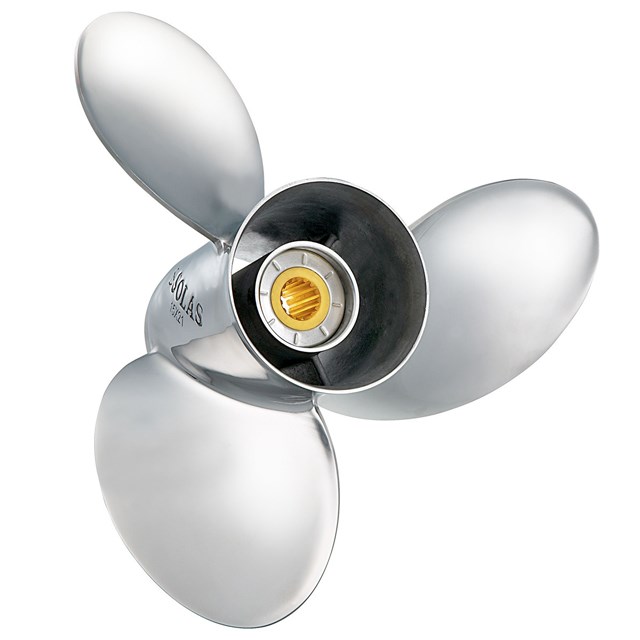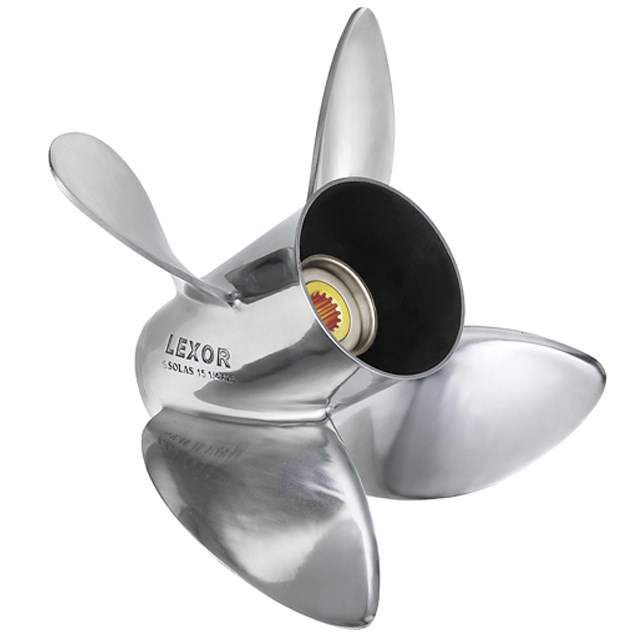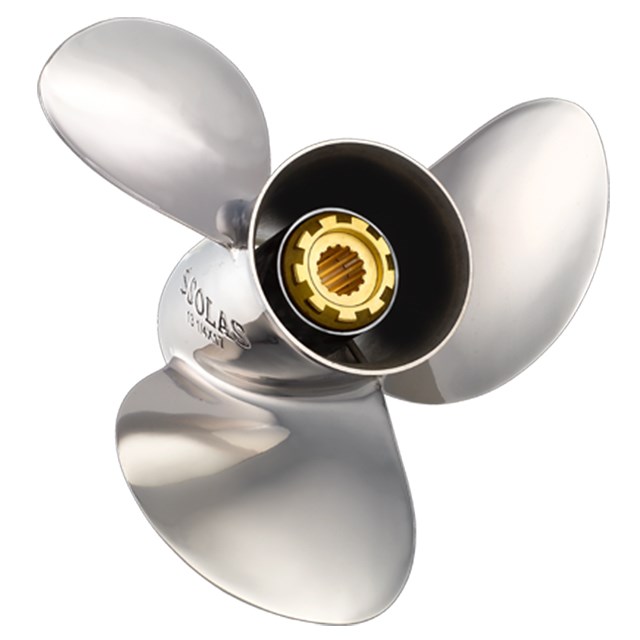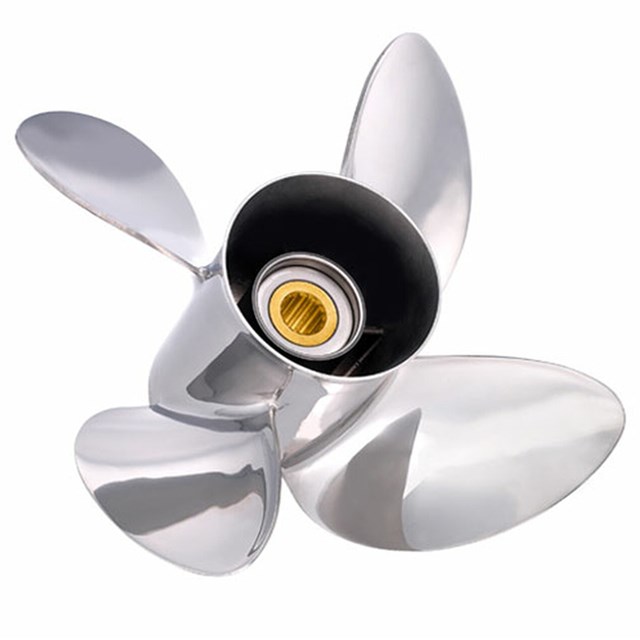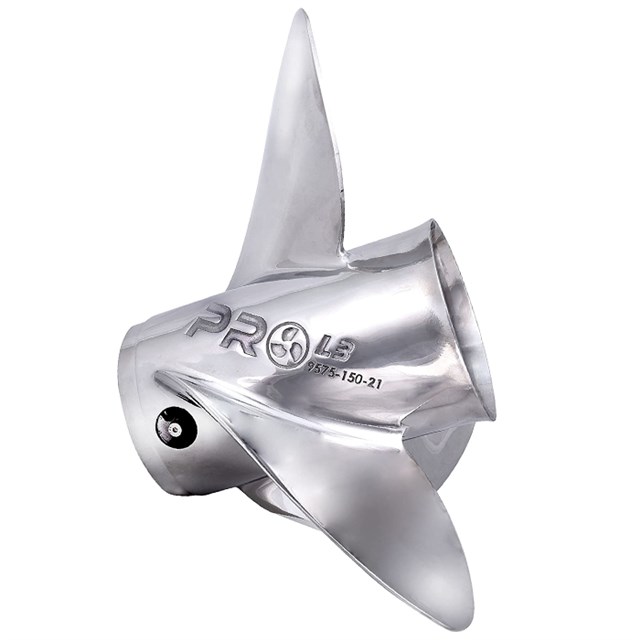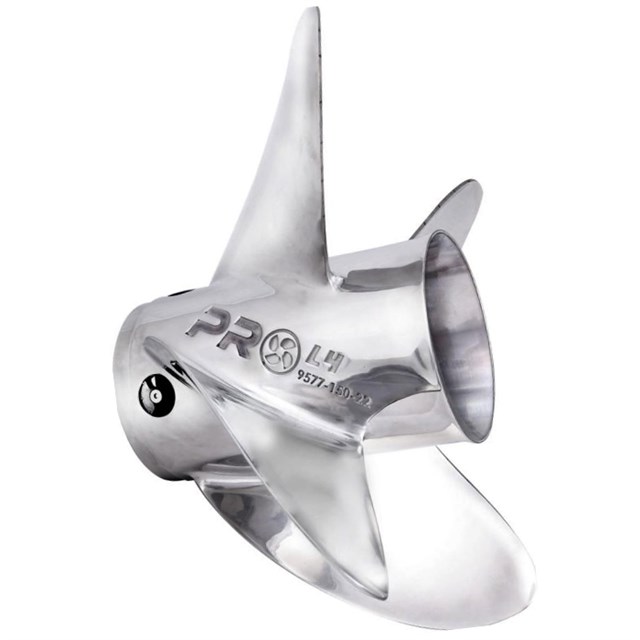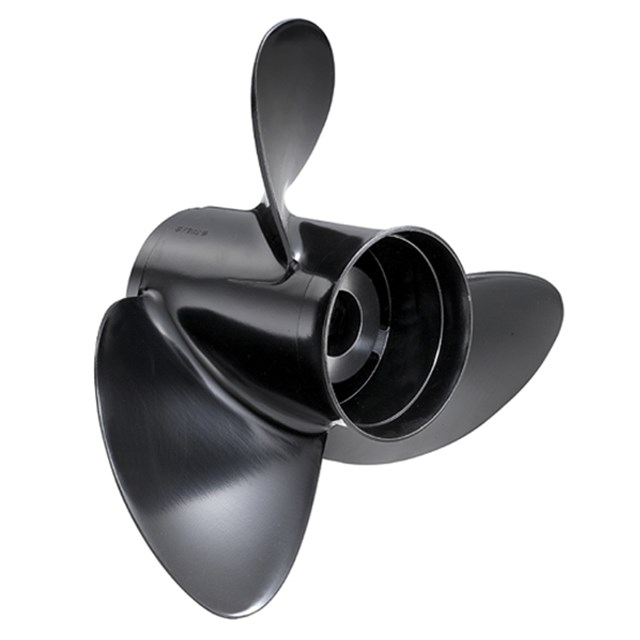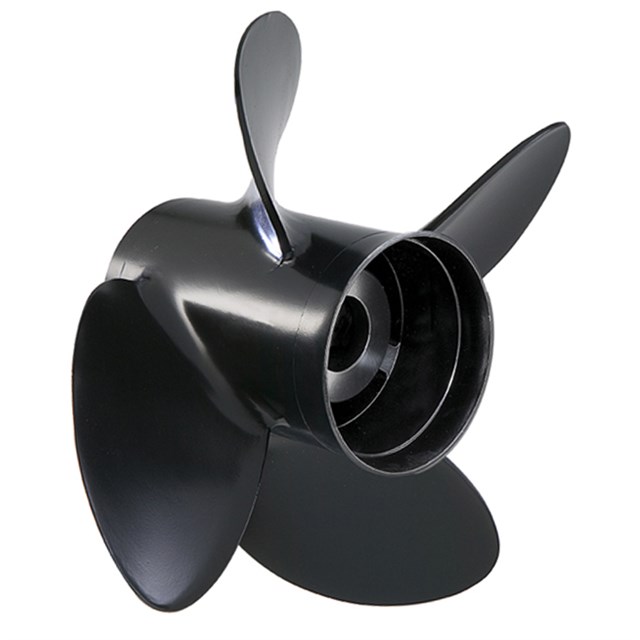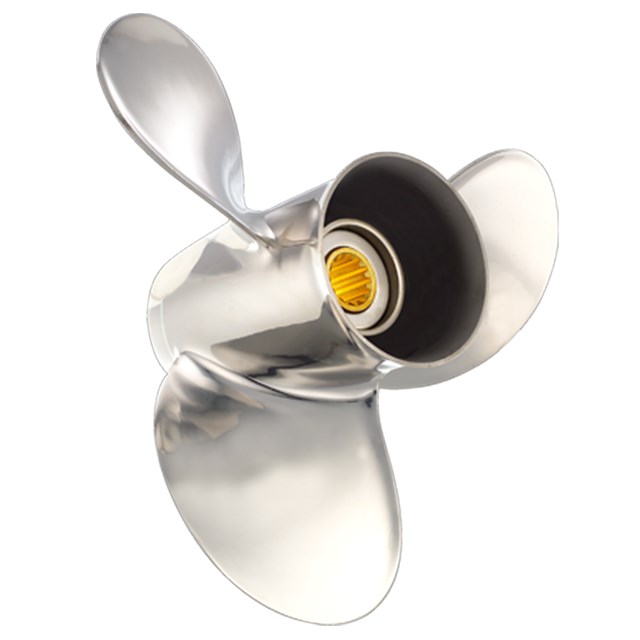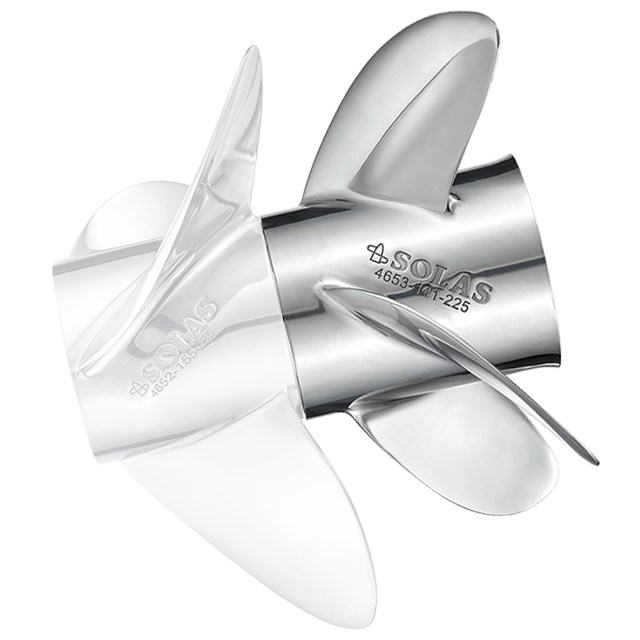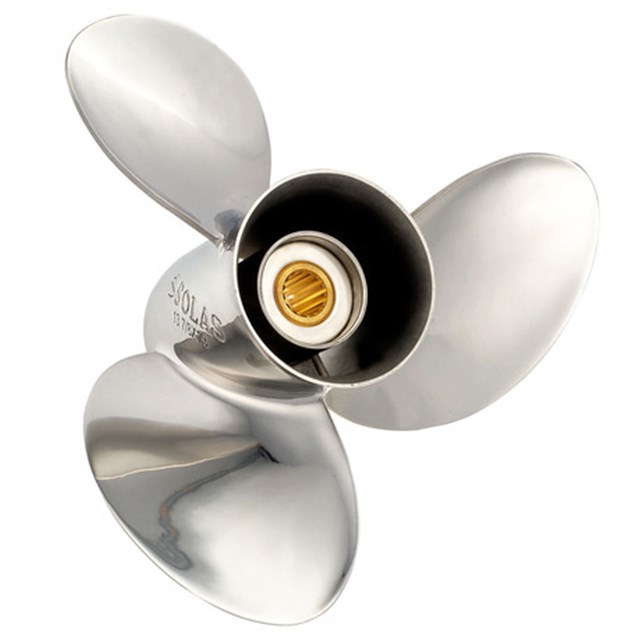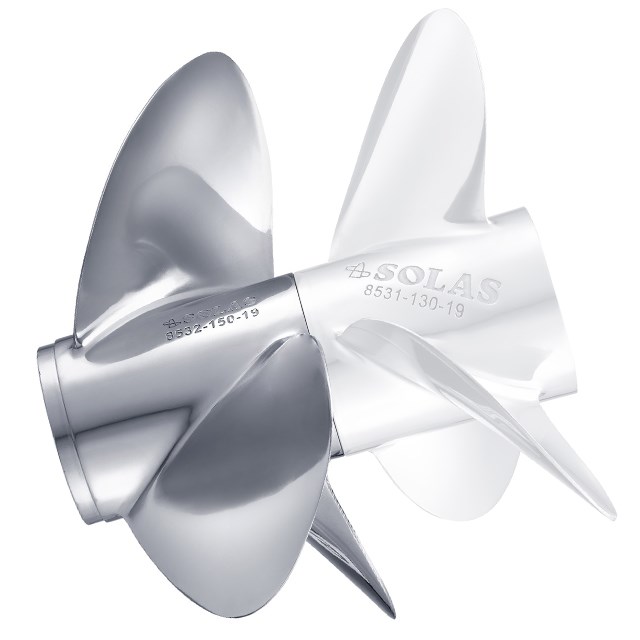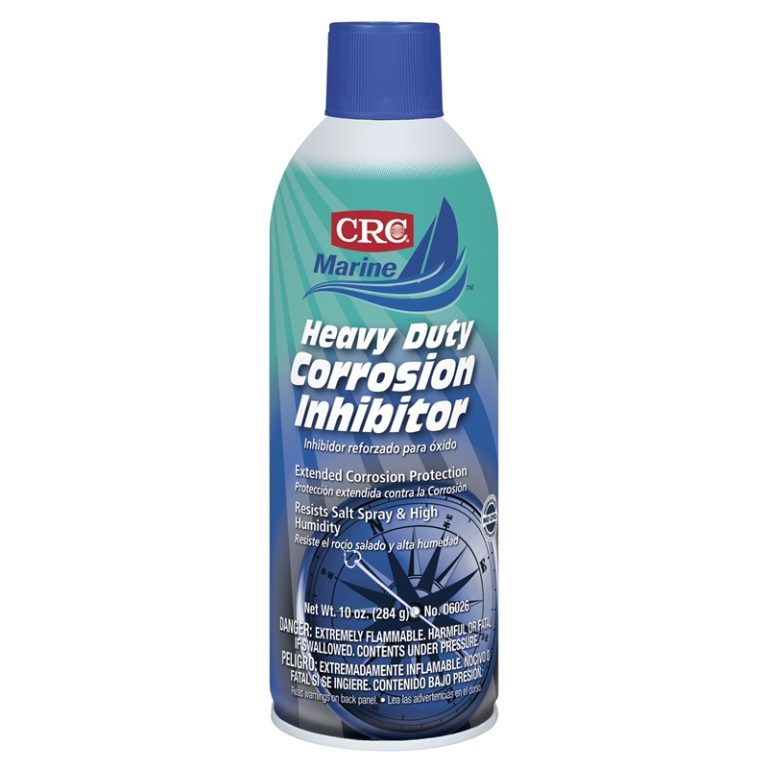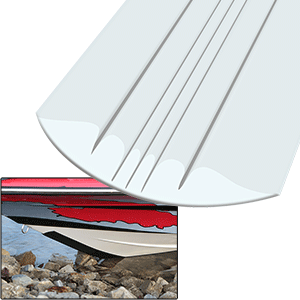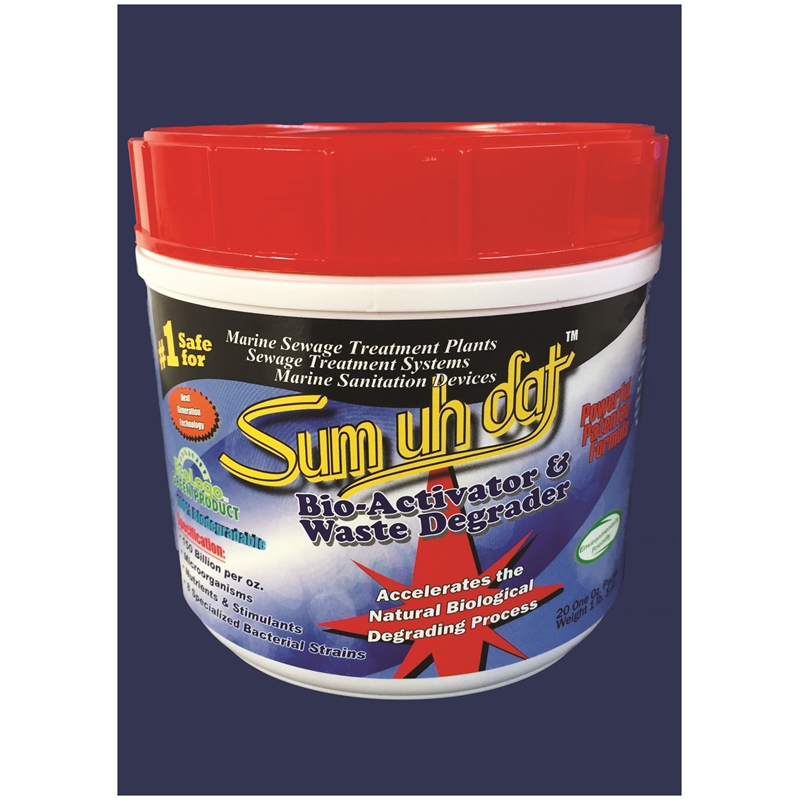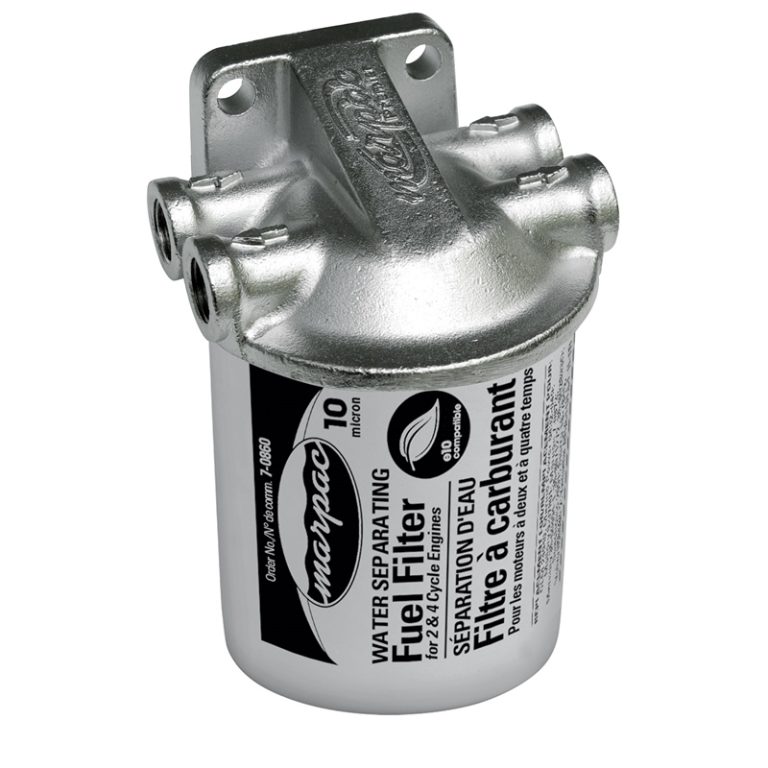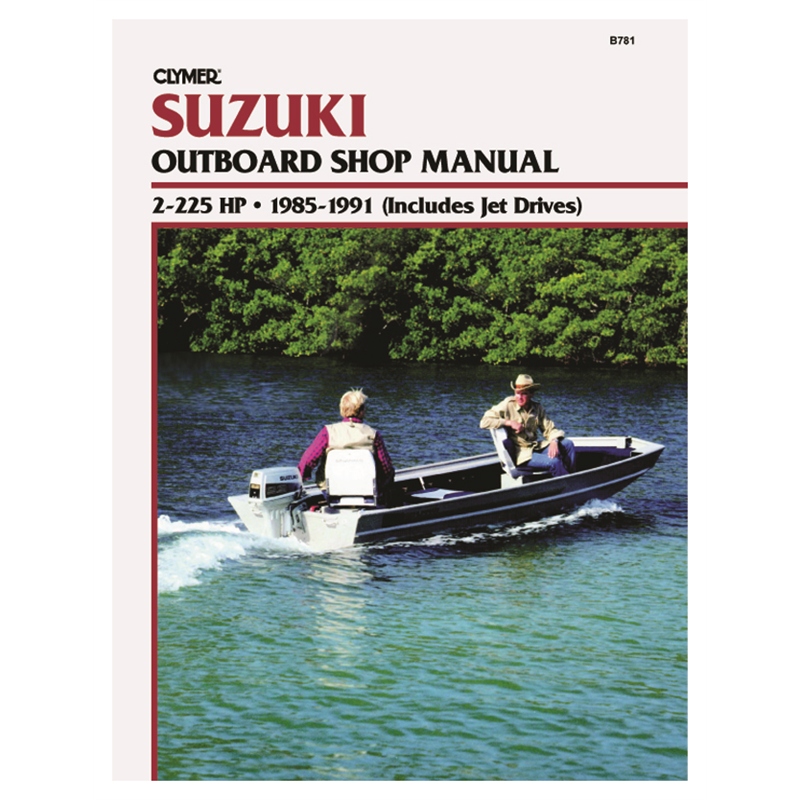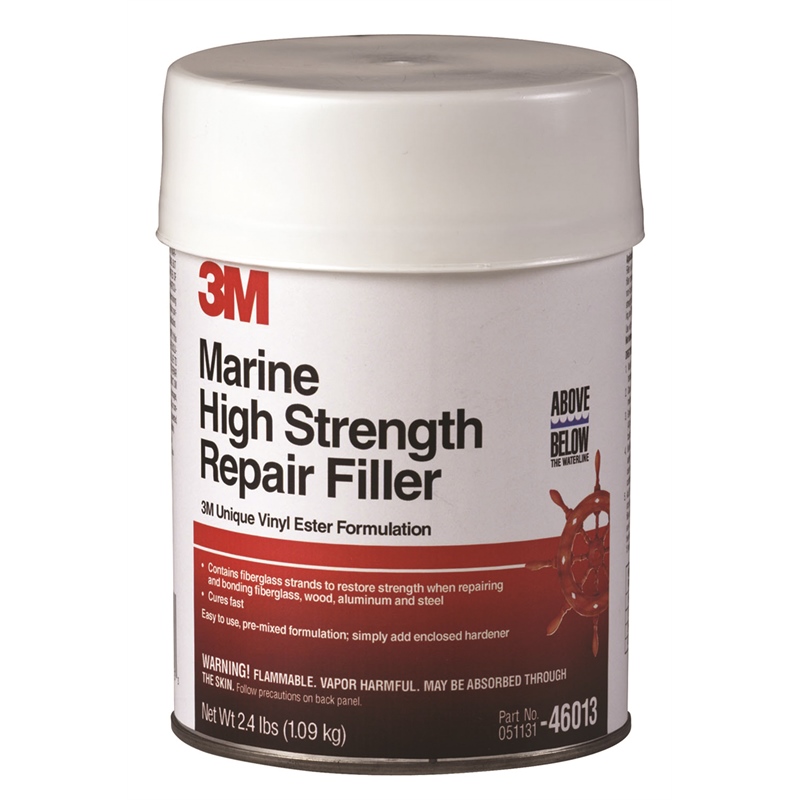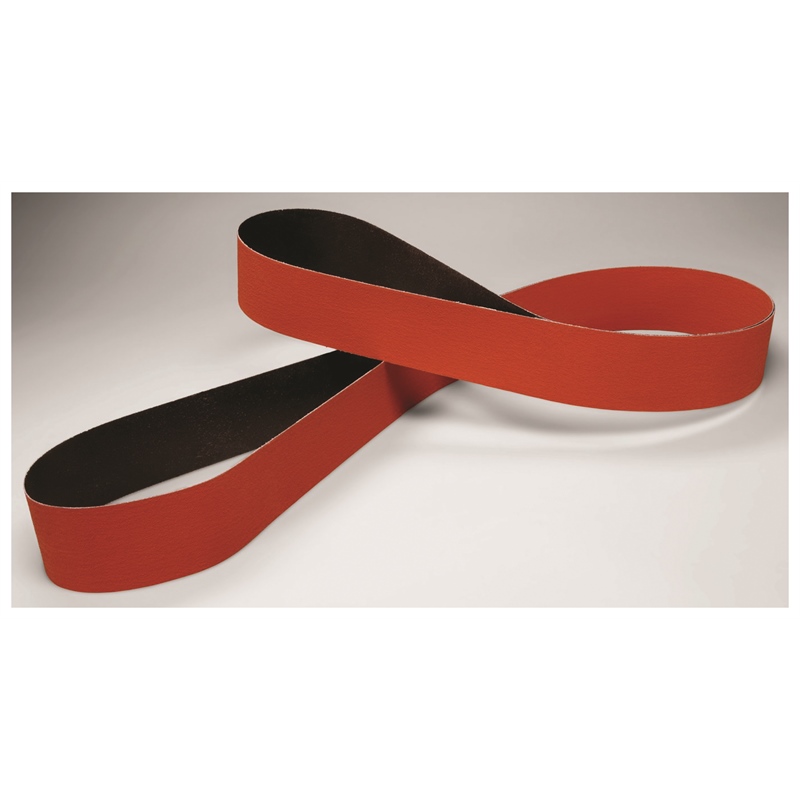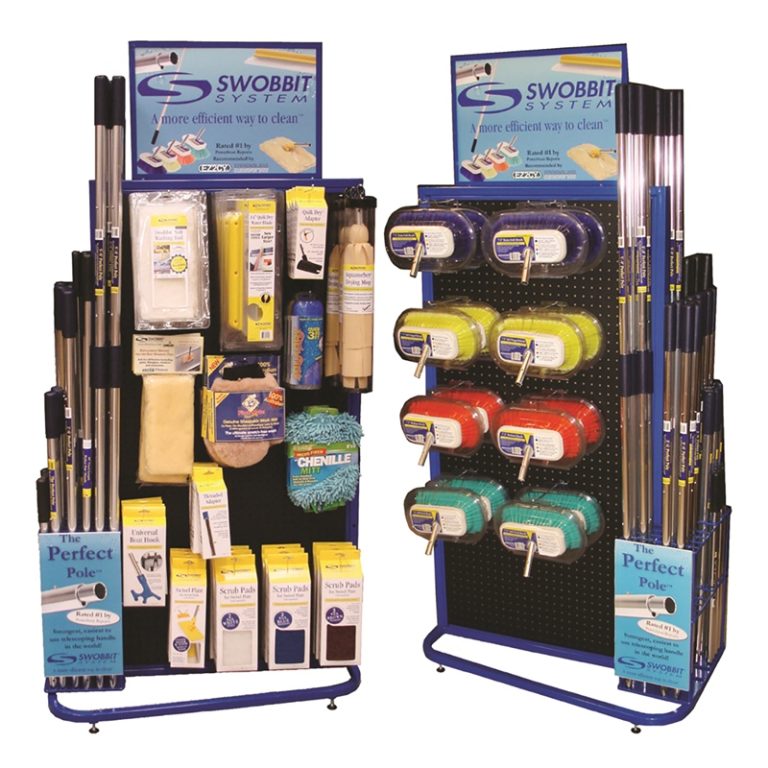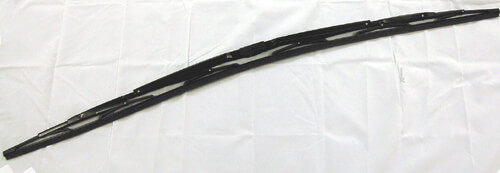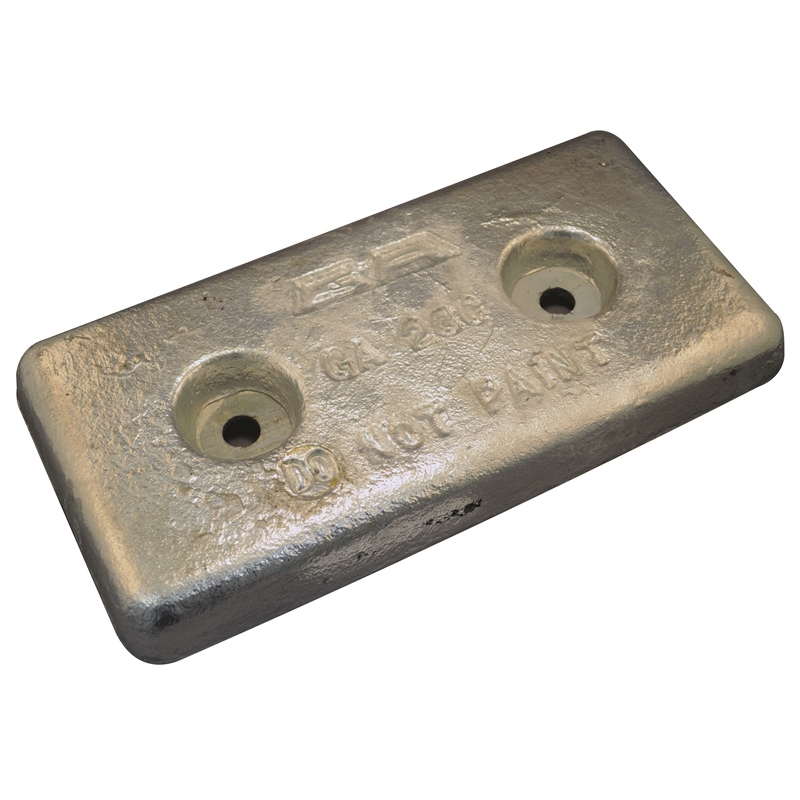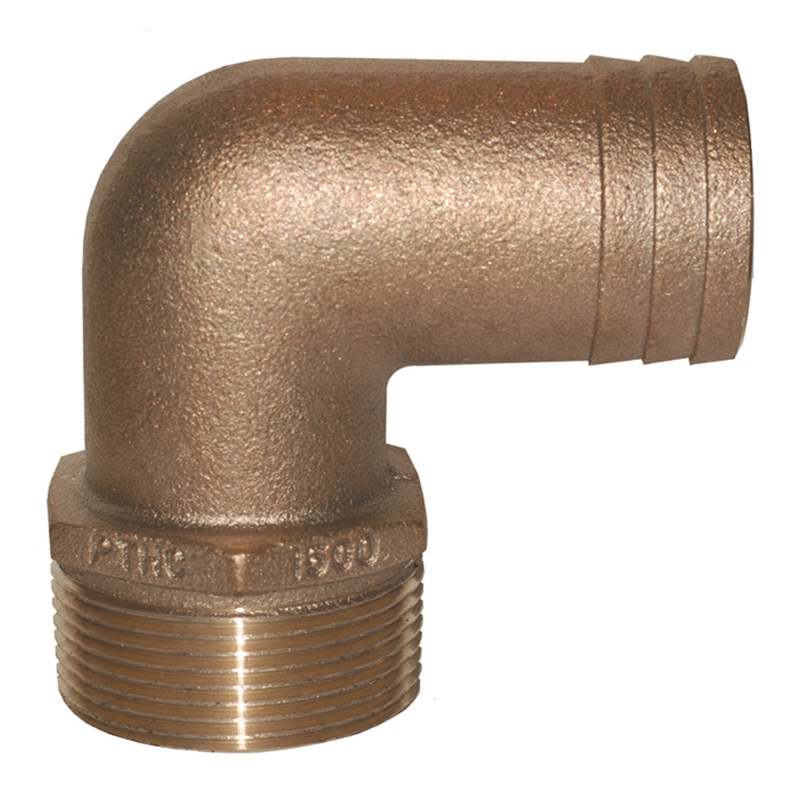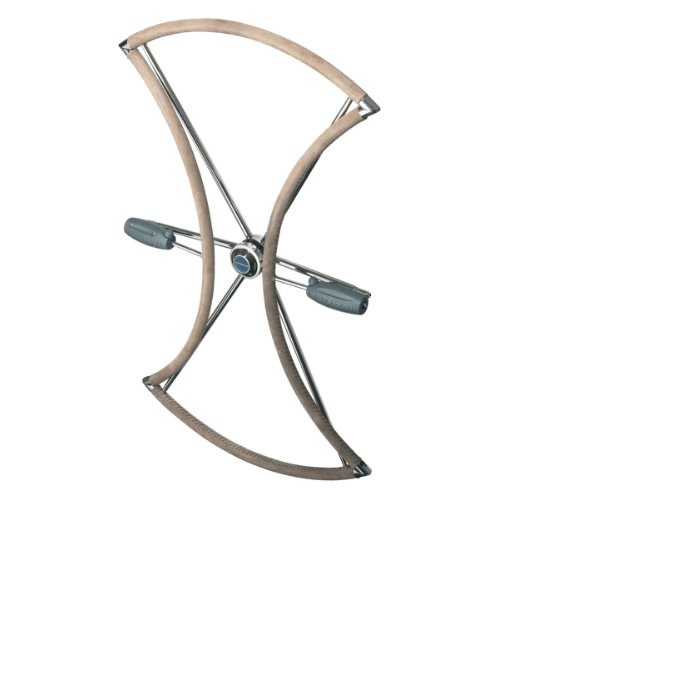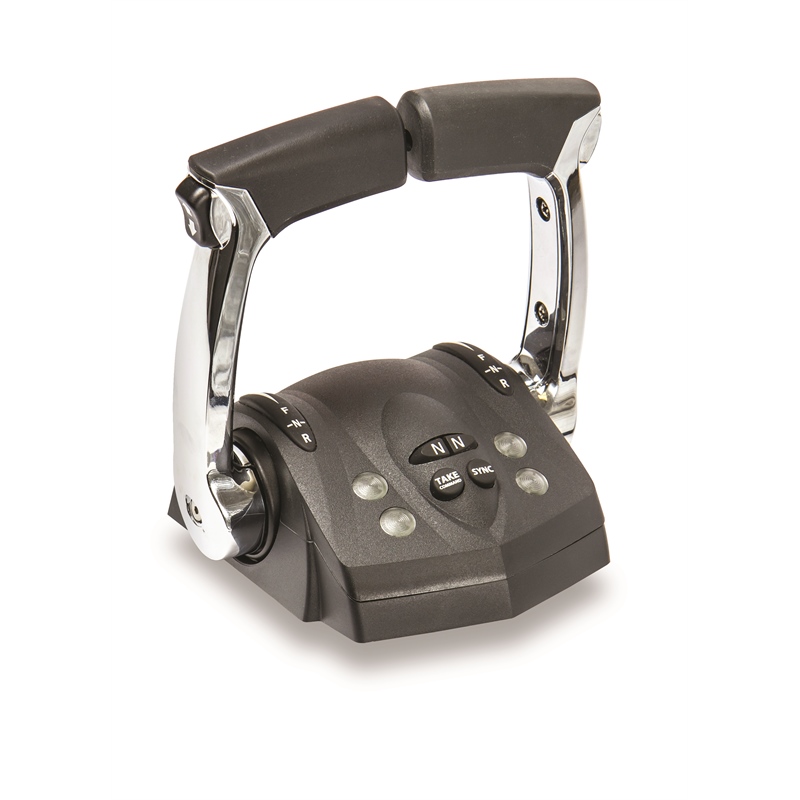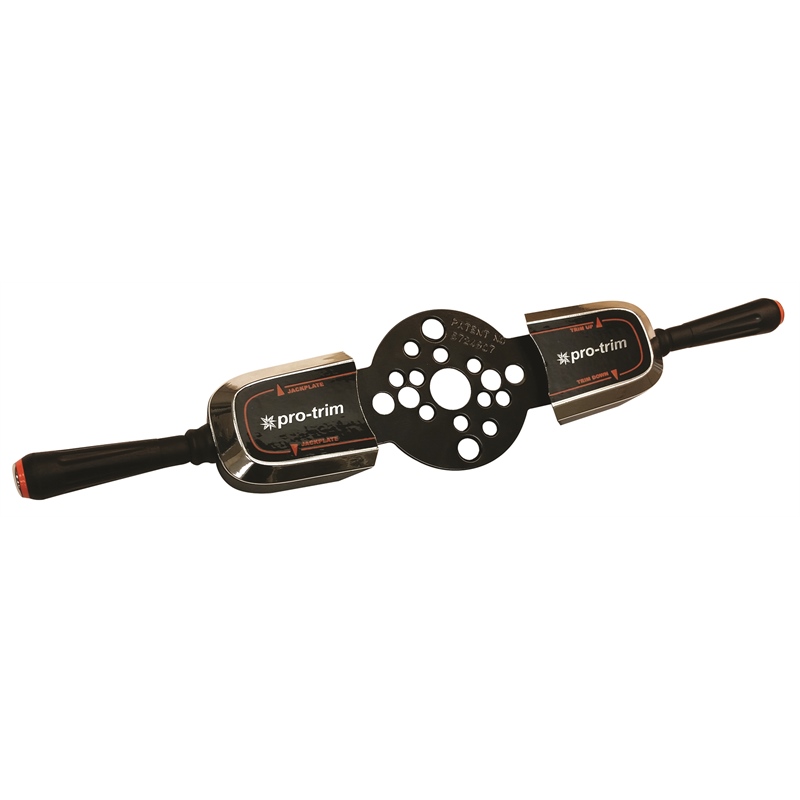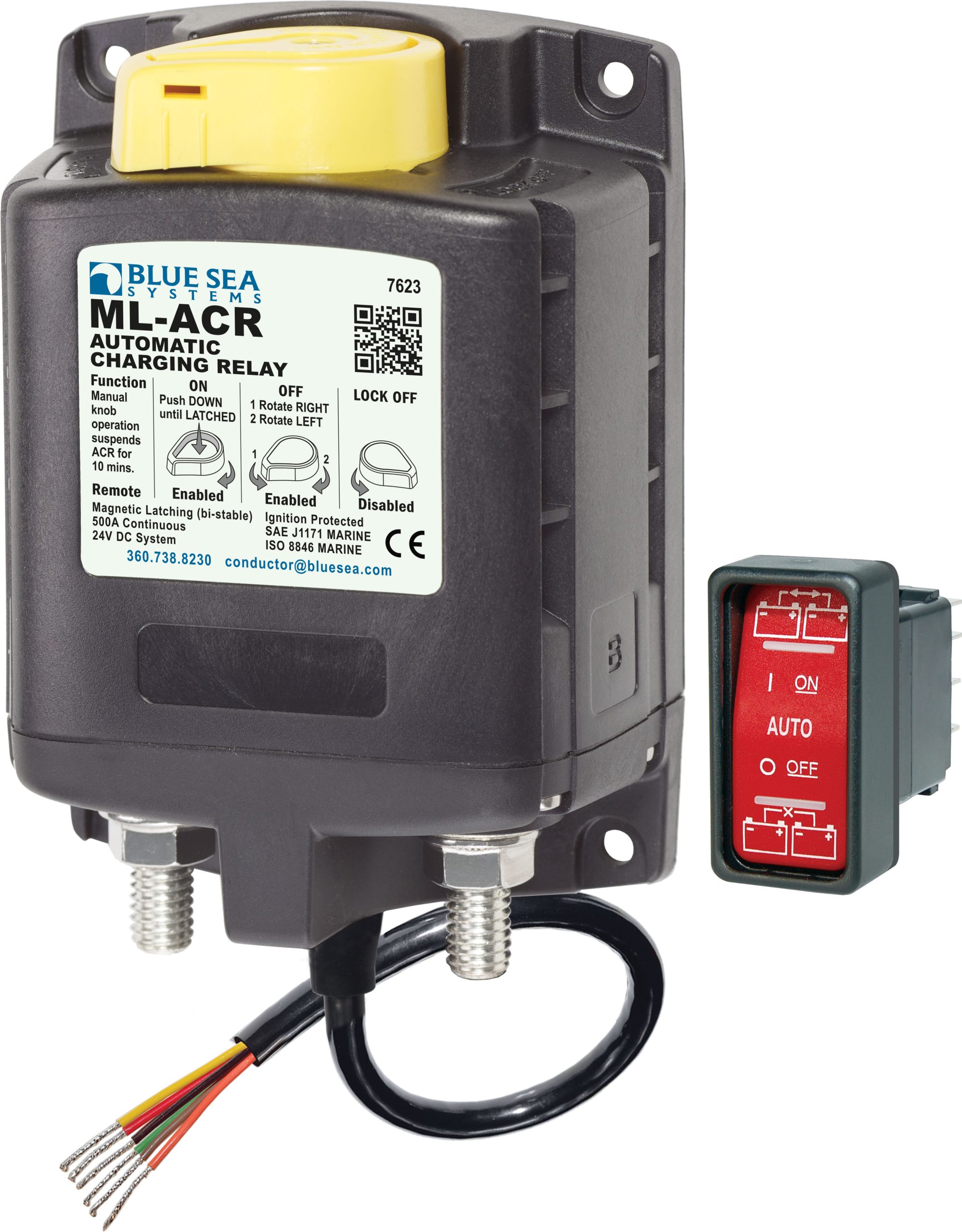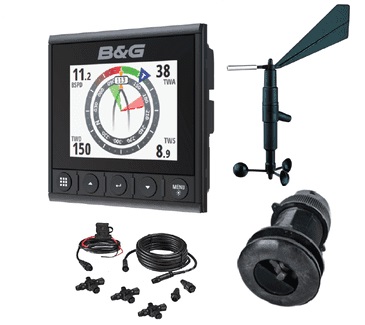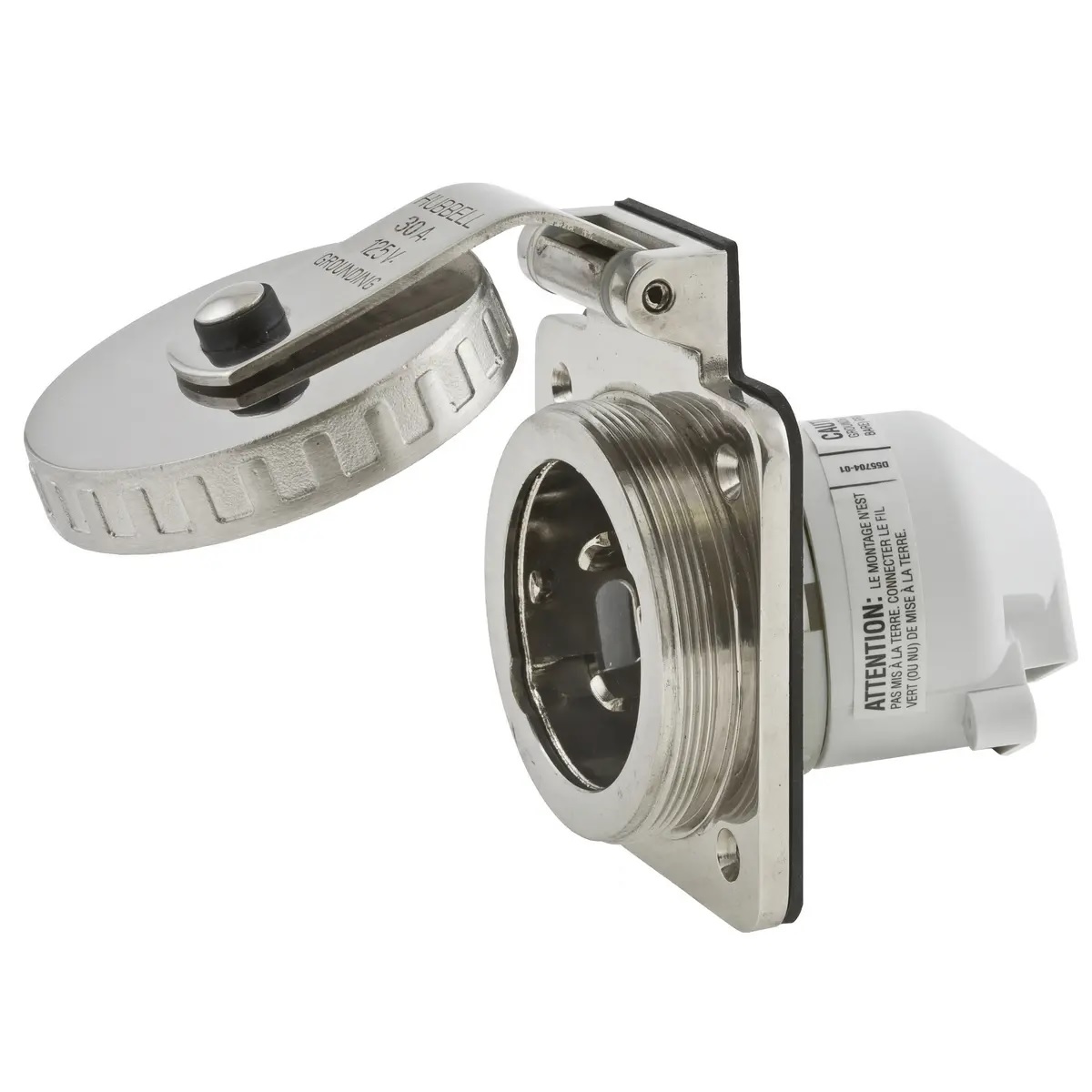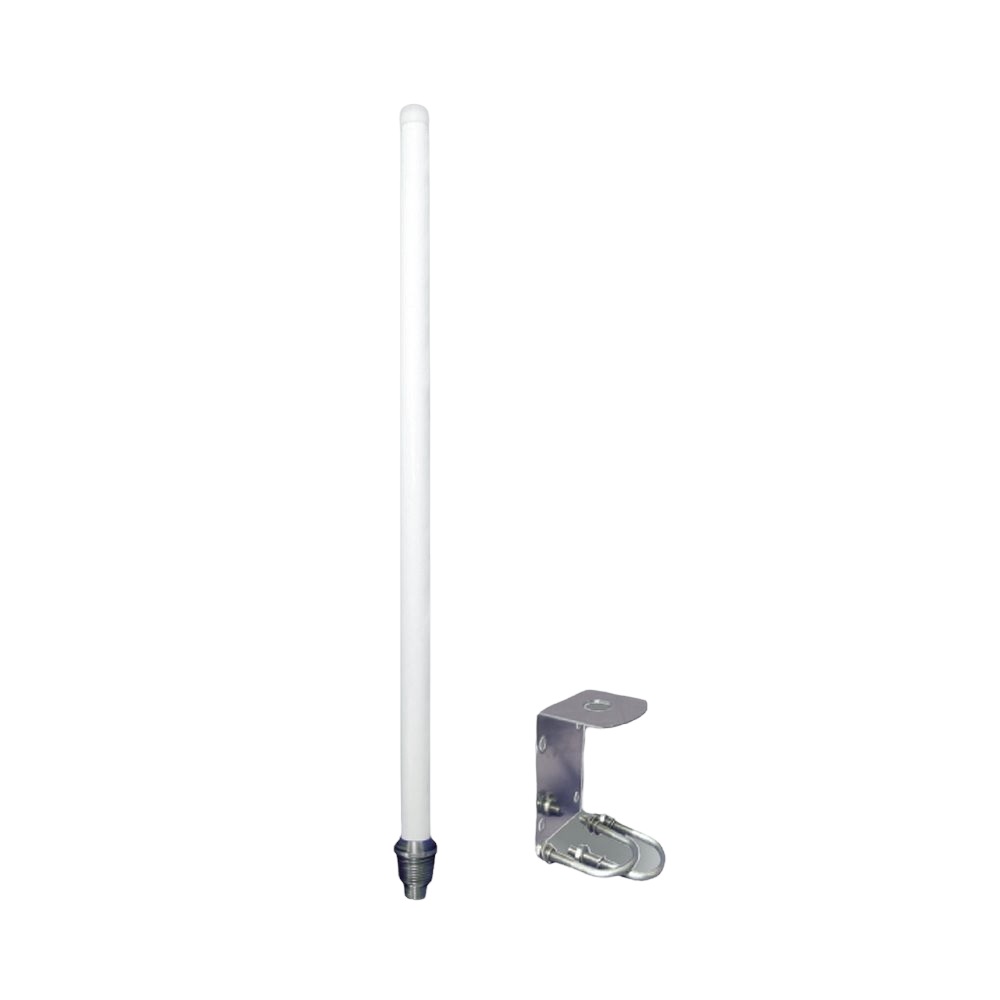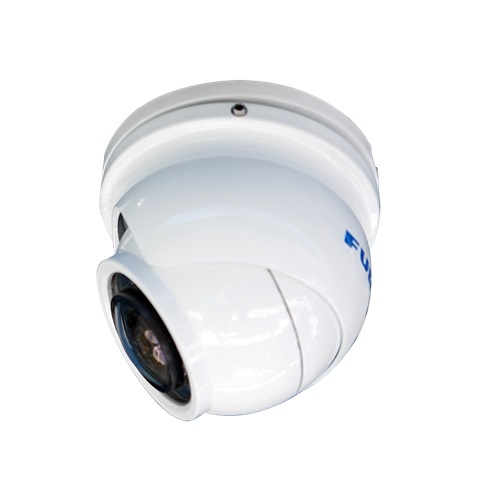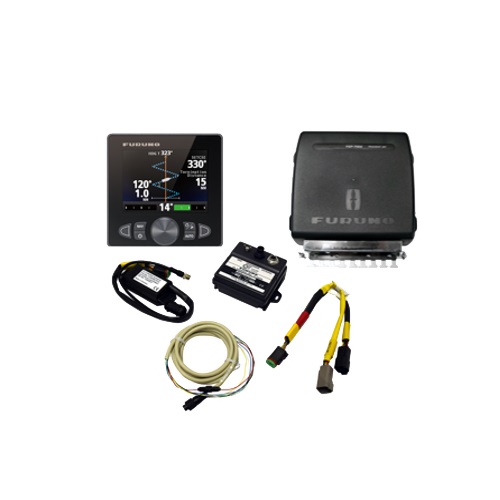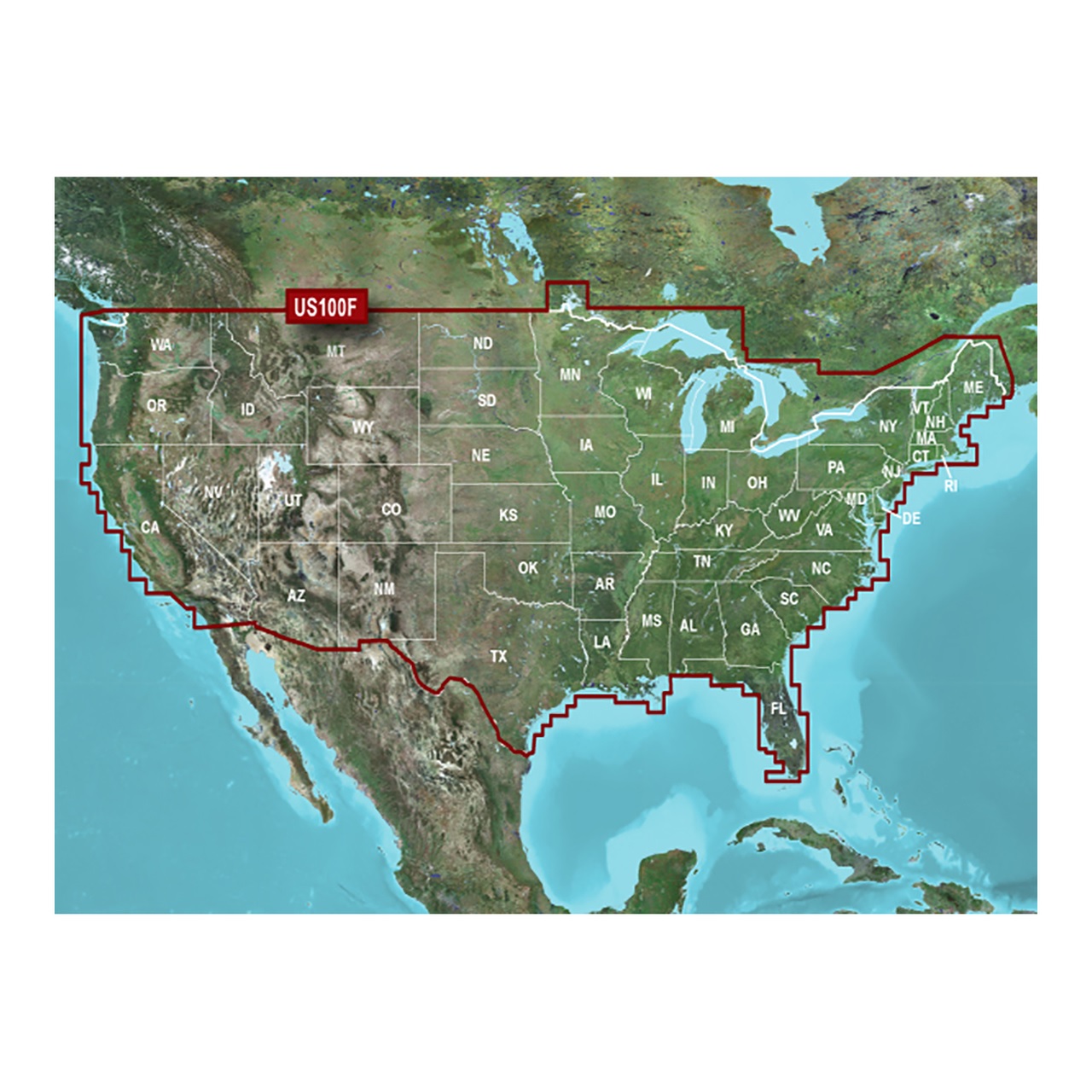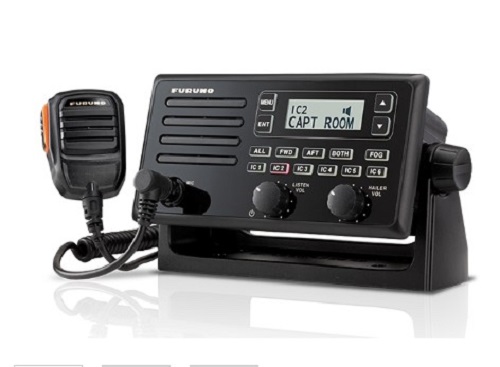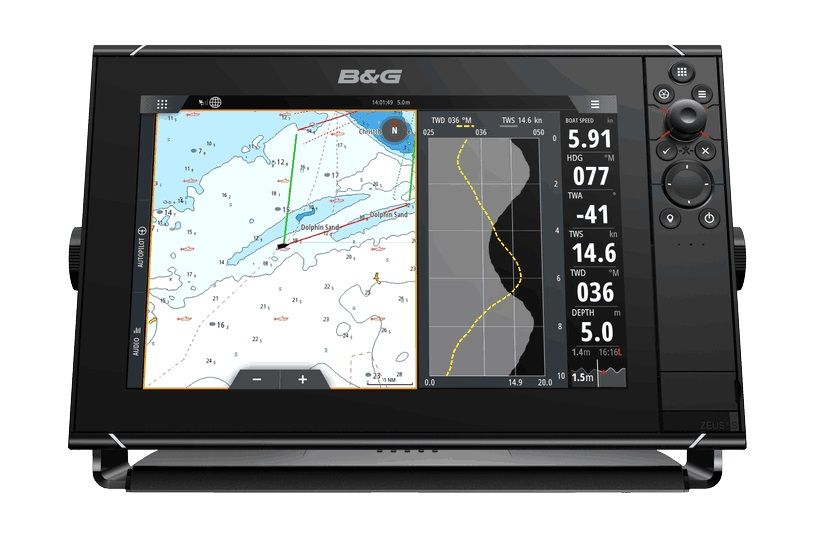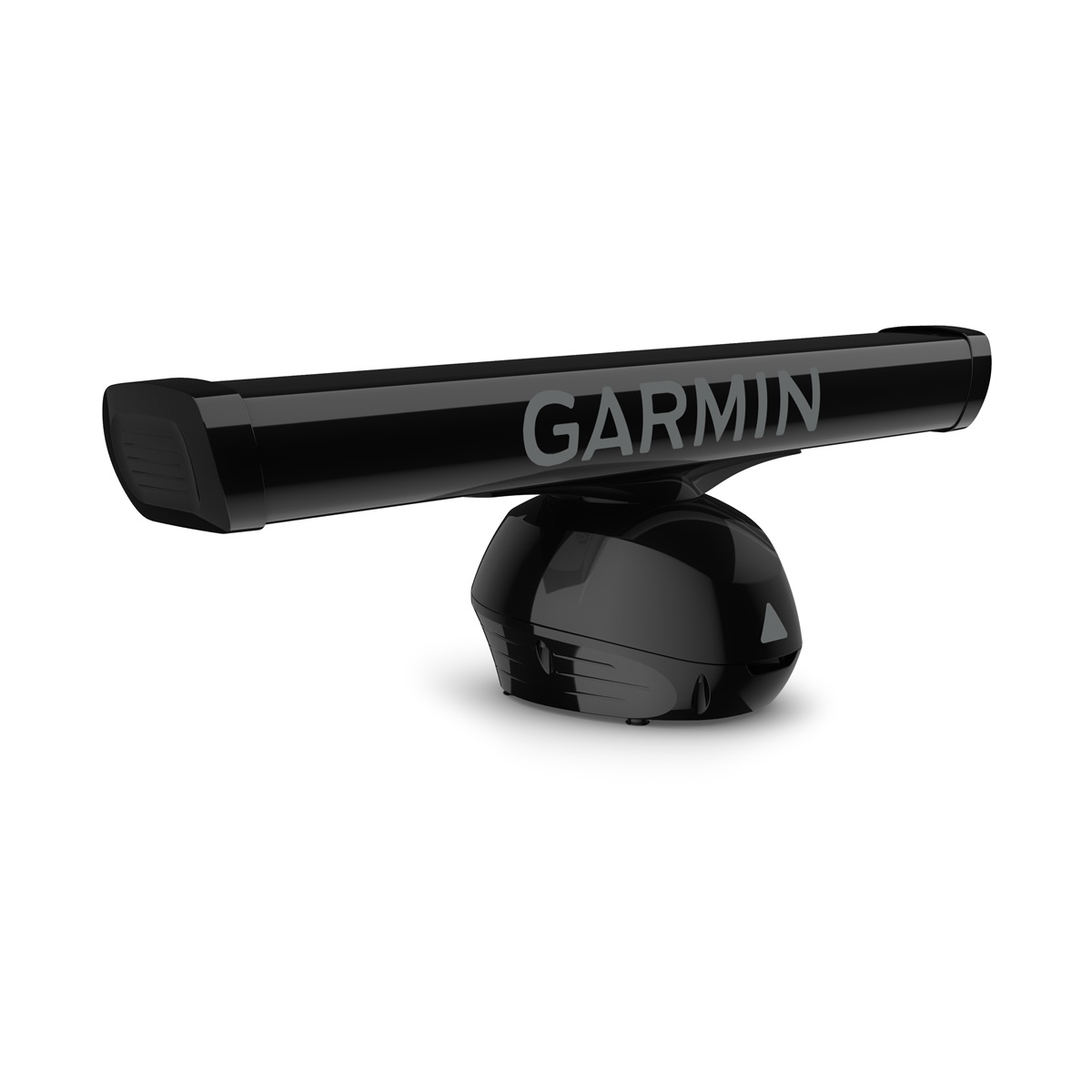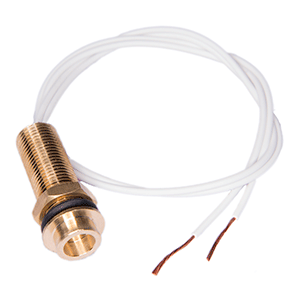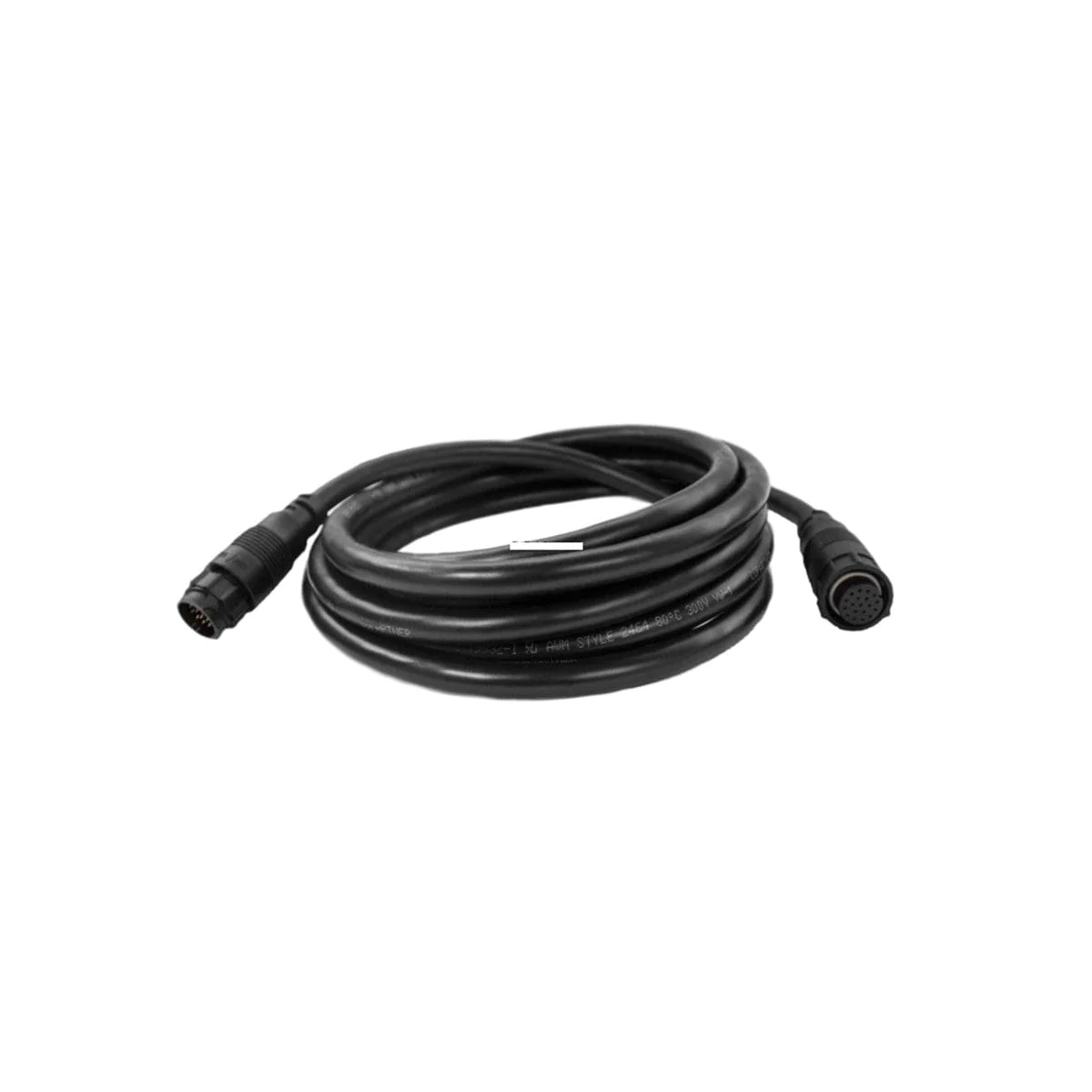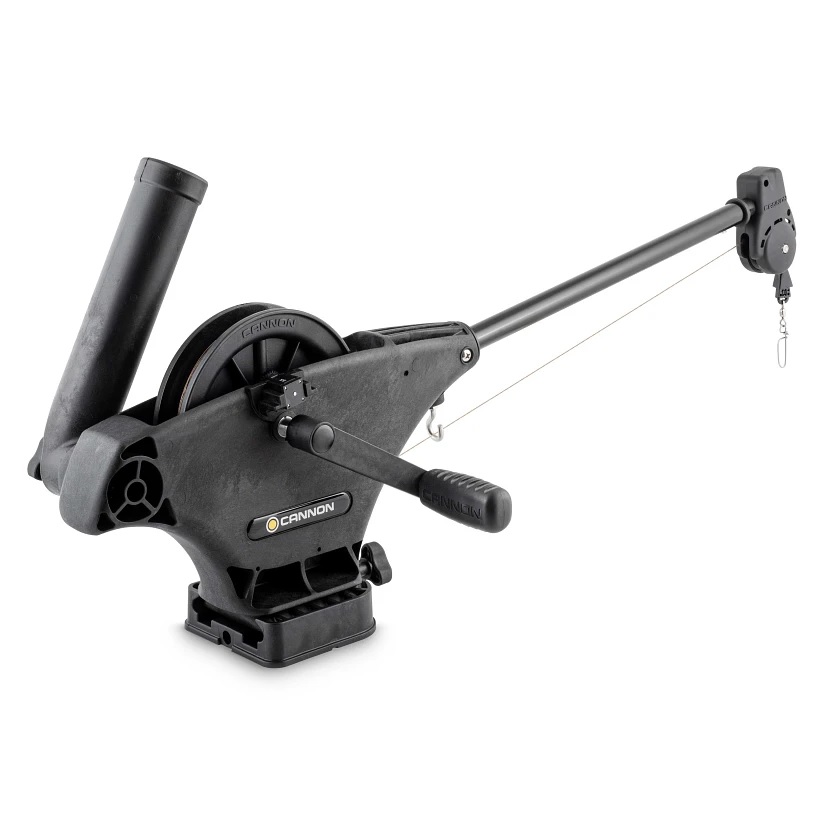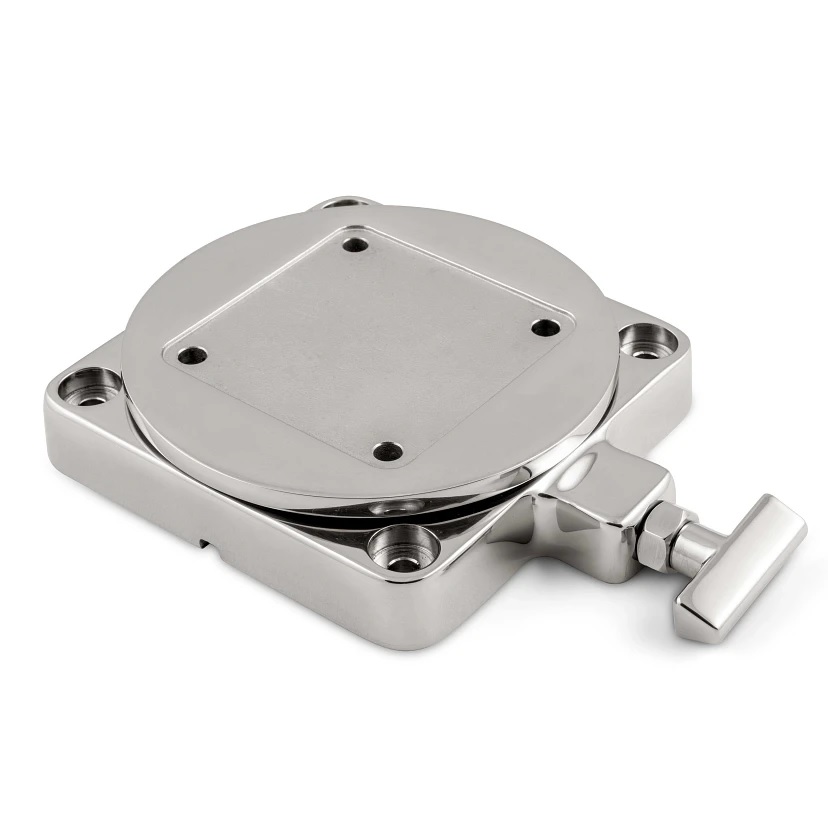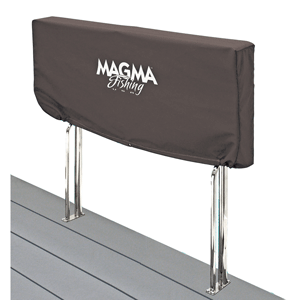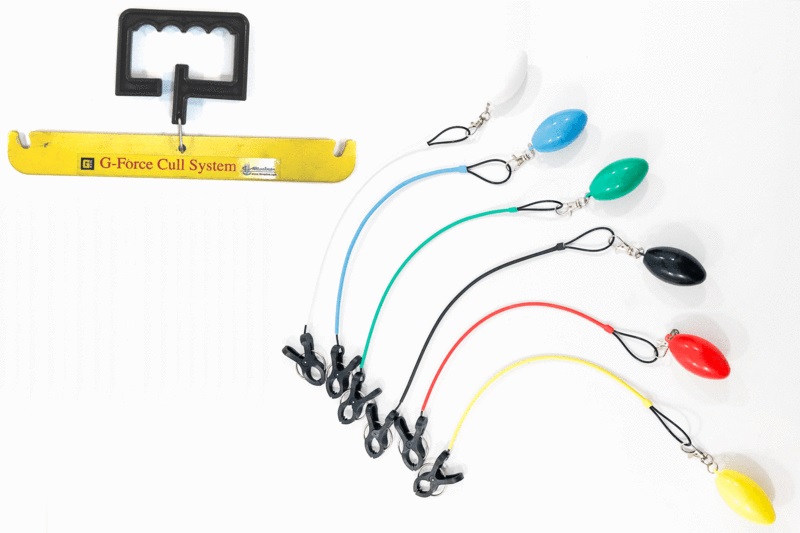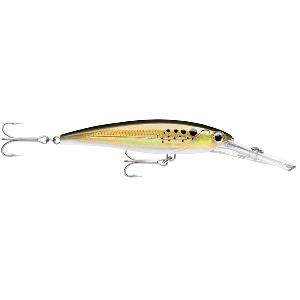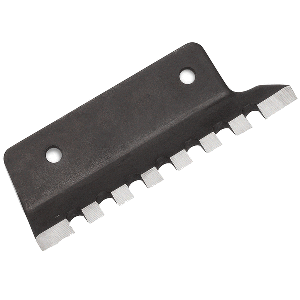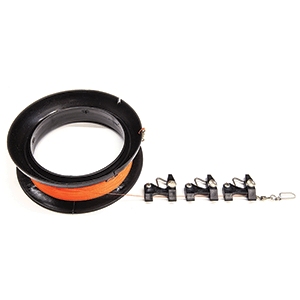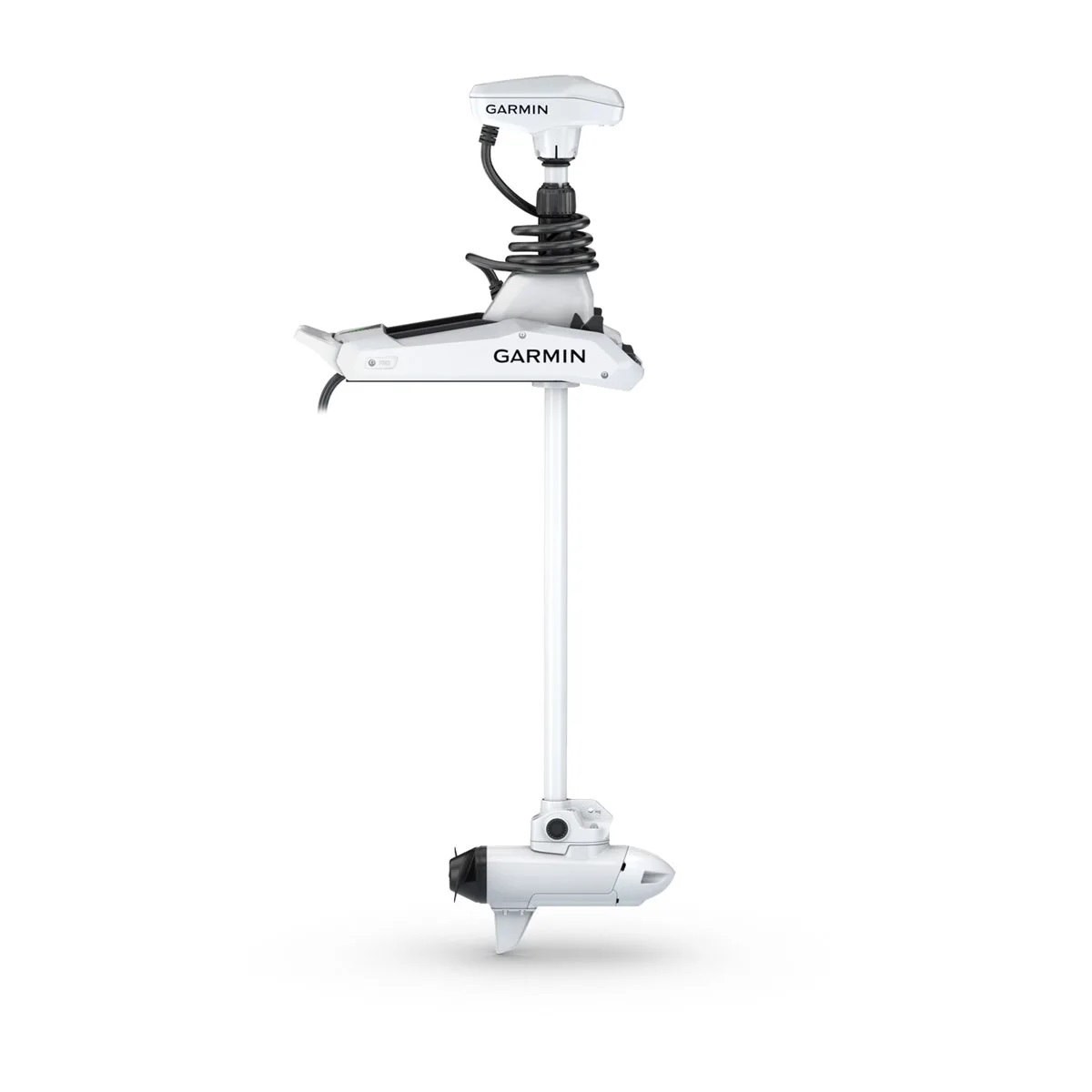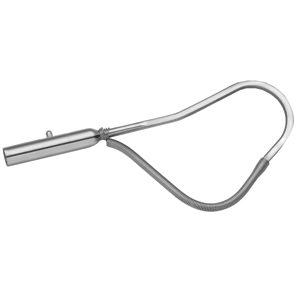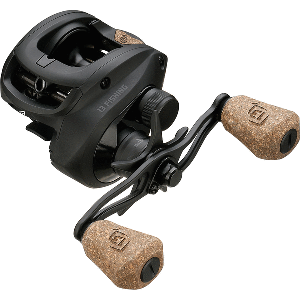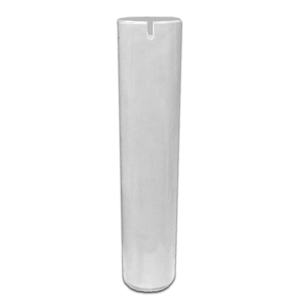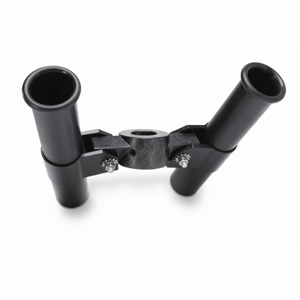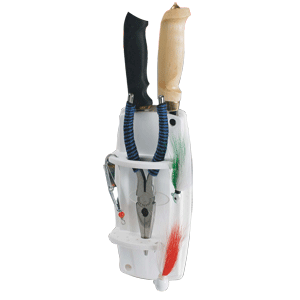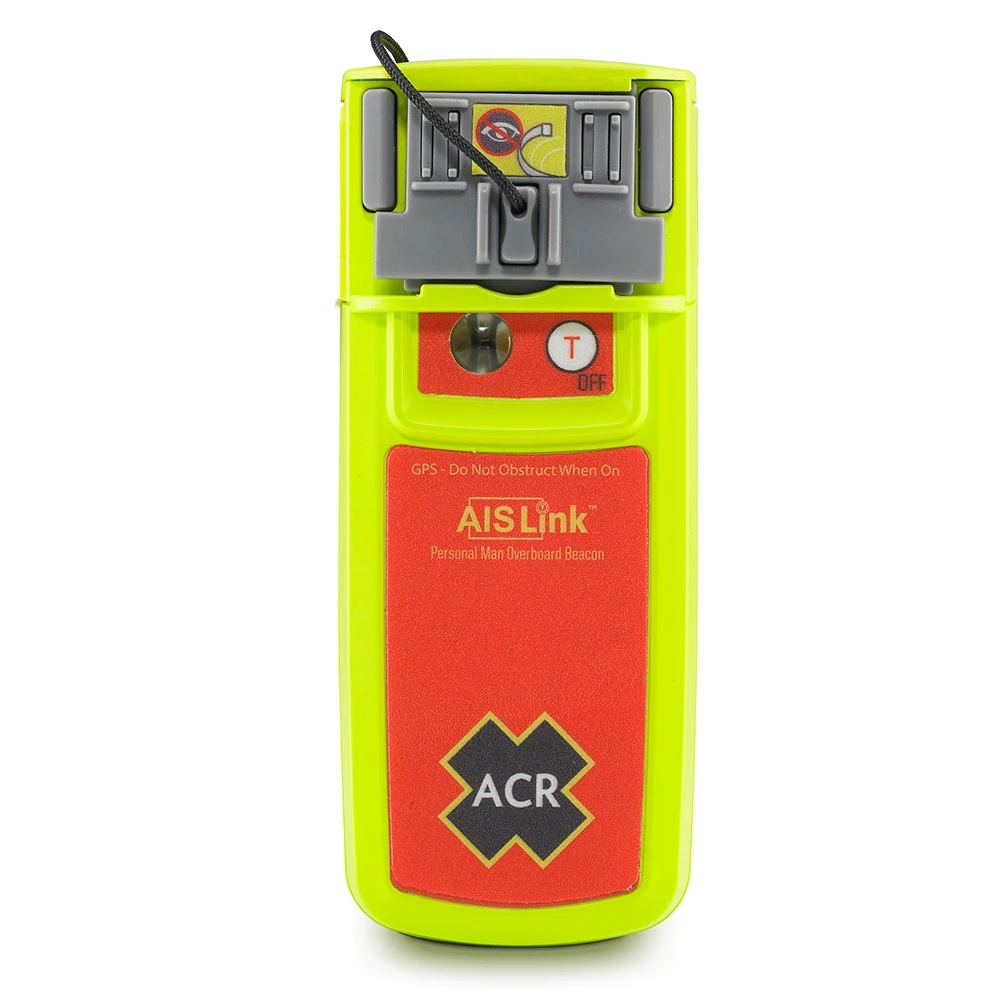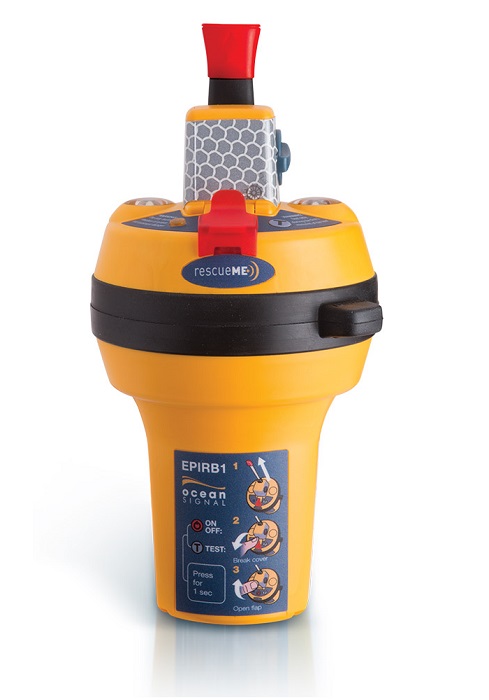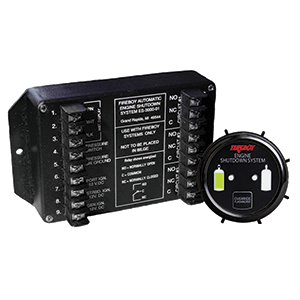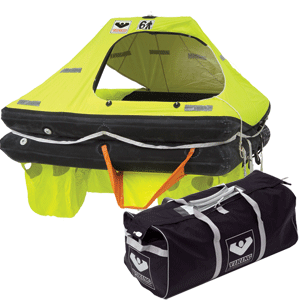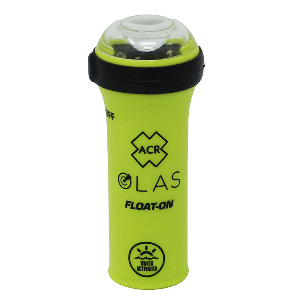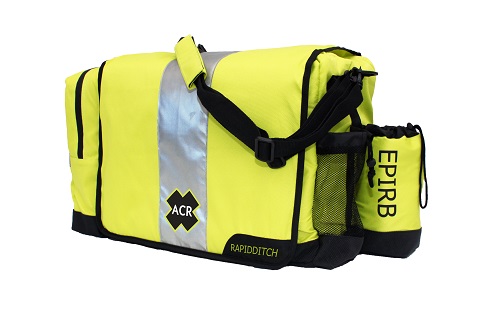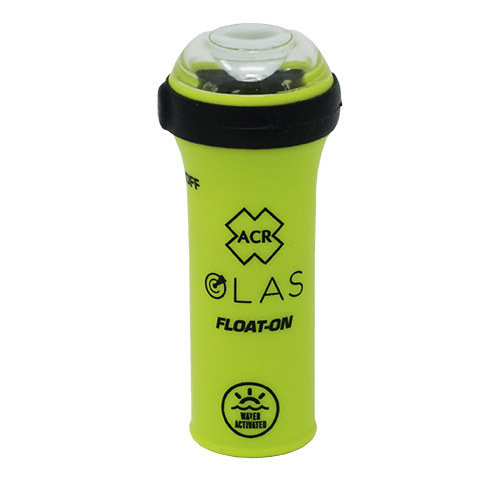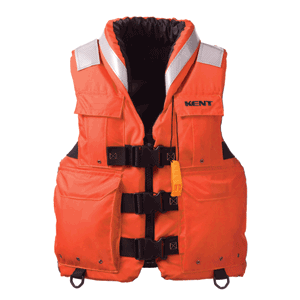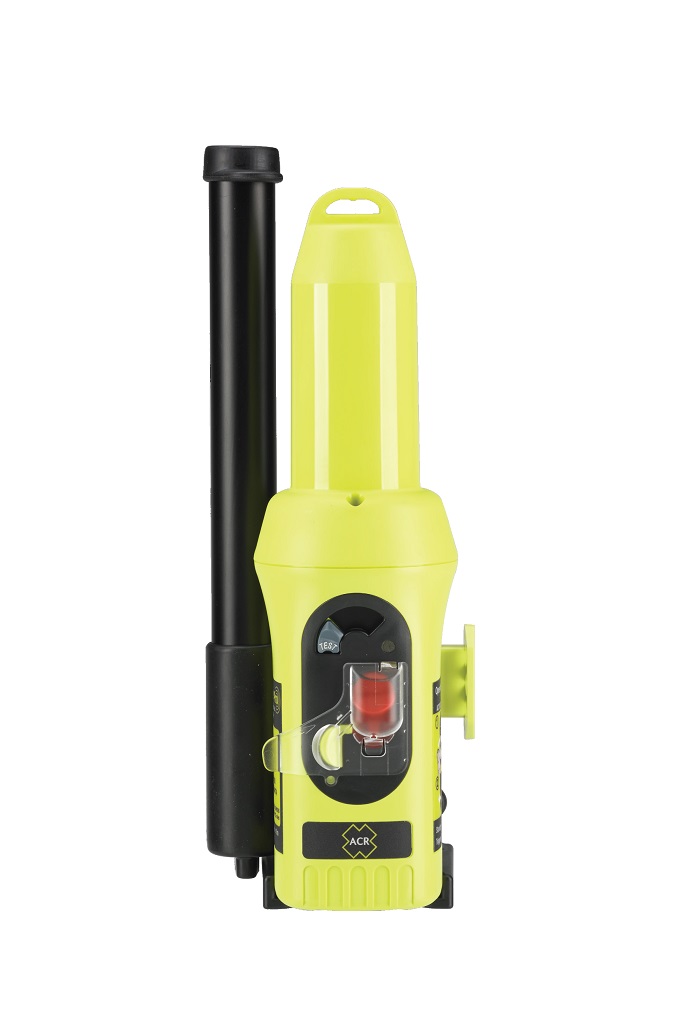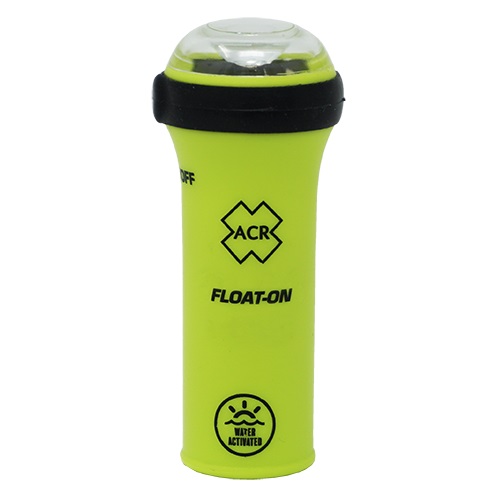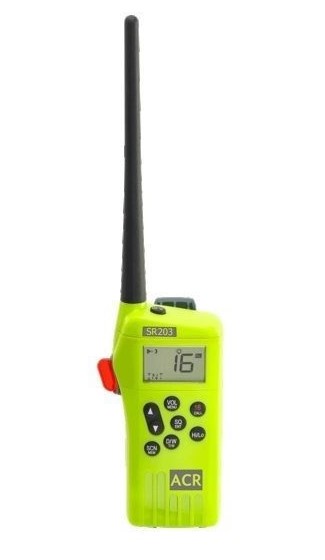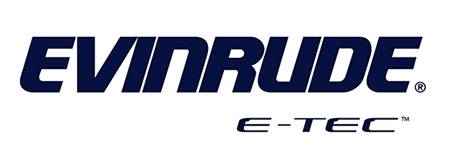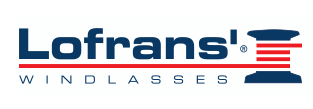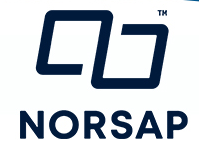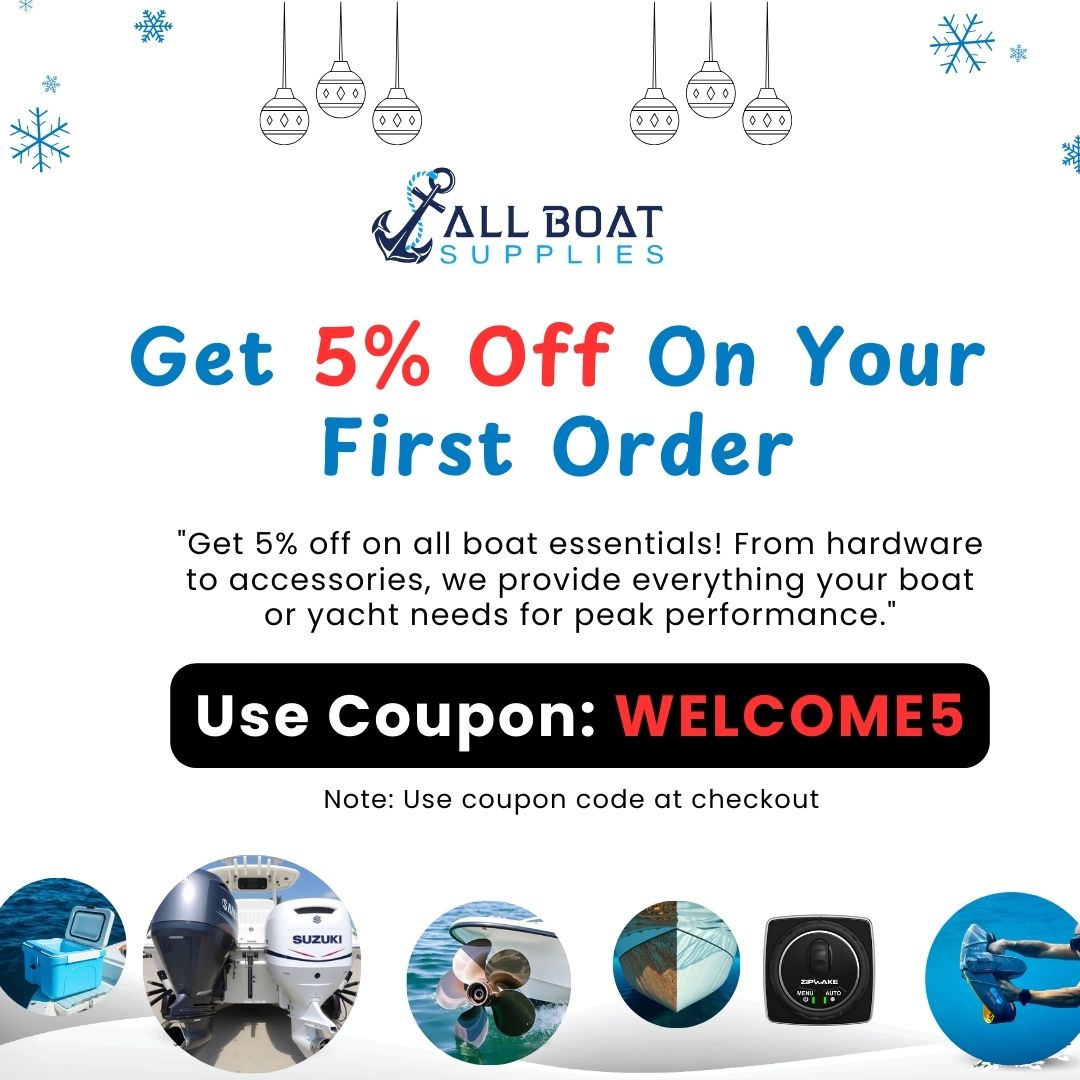Is the Yamaha F150 SHO Lower Unit Better Than OEM?
Introduction
The Yamaha F150 SHO lower unit</strong> has become a hot topic among boaters, mechanics, and marine enthusiasts. As one of the most critical components of an outboard motor, the lower unit plays a key role in performance, fuel efficiency, and longevity. With many aftermarket and OEM options available, boaters are often left wondering: Is the Yamaha F150 SHO lower unit better than OEM? In this article, we’ll compare these options in-depth, highlight expert recommendations, share maintenance tips, and answer the most frequently asked questions. Whether you’re upgrading, replacing, or troubleshooting your lower unit, this guide provides everything you need to make an informed decision.
Overview / What Is the Yamaha F150 SHO Lower Unit?</h2>
The Yamaha F150 SHO lower unit is the final drive assembly in Yamaha’s high-performance F150 Super High Output (SHO) outboard motor. It transfers power from the engine to the propeller, enabling thrust and steering. Known for its sleek design, high gear ratios, and robust construction, the SHO unit is engineered for durability and high-performance boating.
Compared to standard OEM lower units, the SHO variant offers enhancements tailored to anglers, sportsmen, and high-speed cruising enthusiasts. It combines Yamaha’s precision engineering with an aggressive gear ratio, increased torque output, and reinforced housing. But how does it compare to the OEM unit when it comes to day-to-day use?
Comparing Yamaha F150 SHO Lower Unit vs OEM Lower Unit</h2>
To determine which is superior, we’ll explore several factors including material build, gear ratio, speed performance, noise, and price.
1. Build Quality and Materials
OEM Yamaha lower units are known for their factory-spec quality and consistent performance. The SHO, on the other hand, is often reinforced with high-strength alloys and thicker gearcase walls to withstand higher loads. This makes the Yamaha F150 SHO lower unit ideal for high-stress environments and rugged water conditions.
Verdict: SHO units win for durability and heavy-duty usage.
2. Gear Ratios and Speed Output
Most OEM Yamaha F150 lower units come with a 2.00:1 or 2.14:1 gear ratio, providing decent low-end torque and smooth cruising. The SHO variant, however, often uses optimized gear ratios (2.00:1 or custom) designed to deliver faster acceleration and better top-end speed. This is especially valuable in competitive angling or fast-paced coastal navigation.
Verdict: SHO provides better acceleration and performance under load.
3. Cost and Durability Comparison
OEM parts can be expensive due to brand assurance and dealership markups. The Yamaha F150 SHO lower unit—especially aftermarket remanufactured versions—can offer comparable or better performance at a fraction of the price.
Long-tail variation: Yamaha F150 SHO lower unit cost and durability
Verdict: SHO offers better value in the long run, especially if sourced from reputable vendors.
4. Compatibility and Installation
Many users ask how to install the Yamaha F150 SHO lower unit. While OEM units are plug-and-play, SHO lower units may require minor adjustments or shimming depending on year and shaft size. It’s essential to consult a marine technician before installation.
Verdict: OEM is easier to install, but SHO offers better long-term results with professional installation.
Top Benefits of Upgrading to the Yamaha F150 SHO Lower Unit</h2>
- Enhanced performance: Faster hole shots and higher top-end speed.
- Better torque: Ideal for heavy loads or rough water.
- Durable casing: Withstands high stress and corrosion.
- Value for money: Longer lifespan and reduced maintenance.
Boaters seeking high-end performance upgrades often consider the best Yamaha F150 SHO lower unit options for reliability and value.
Common Troubleshooting Tips
If you’re experiencing issues after installing a new lower unit, here are a few Yamaha F150 SHO lower unit troubleshooting tips:
- Check gear oil levels and consistency.
- Ensure correct propeller alignment and torque specs.
- Inspect for overheating or vibration under load.
- Use diagnostic tools to ensure proper shift timing.
Regular inspection can prevent long-term damage and expensive repairs.
Maintenance Tips
Proper care is essential to prolong the life of your Yamaha F150 SHO lower unit. Here are several key maintenance practices:
- Flush regularly: Especially after saltwater use to prevent corrosion.
- Replace gear oil: At least every 100 hours or annually.
- Inspect seals and gaskets: Watch for water intrusion or oil leaks.
- Grease fittings: Keep pivot points and propshaft lubricated.
Yamaha F150 SHO lower unit maintenance tips not only keep the engine running smoothly but also extend its lifespan significantly.
Expert Advice and Pro Recommendations
Marine technicians and seasoned anglers often prefer the SHO lower unit over the OEM due to its heavy-duty design and superior torque delivery. In high-demand scenarios—such as flats fishing, offshore racing, or towing—the F150 SHO lower unit outperforms OEM consistently.
According to professionals, the SHO lower unit is an excellent investment if:
- You frequently use your boat in high-load or saltwater environments.
- You want better acceleration and planing power.
- You’re upgrading a mid-range to a performance setup.
Detailed FAQ Section
Is the Yamaha F150 SHO lower unit compatible with all F150 models?
While the Yamaha blower unit is designed to fit most F150 4-stroke engines, compatibility depends on shaft length (20” or 25”), model year, and gear ratio. Always check Yamaha part number references or consult a marine mechanic. Some aftermarket versions require shimming or spacing adjustments to align properly with the driveshaft or shift linkage. In some rare cases, electronic trim or shift sensors may need recalibration after installation.
How do I install a Yamaha F150 SHO lower unit?</h3&gt;
Installing a Yamaha F150 SHO lower unit requires lifting the outboard, disconnecting the shift linkage, draining gear oil, and carefully aligning the driveshaft. Use marine grease on splines, torque bolts to spec, and check for smooth shifting. It’s advised to use a service manual and lift assist tools. While DIY installation is possible for experienced mechanics, first-timers should consider professional help to avoid misalignment and potential damage.
What is the average lifespan of a Yamaha F150 SHO lower unit?</h3>
With proper maintenance, the Yamaha lower unit can last 1,000–1,500 engine hours. Factors that influence longevity include gear oil replacement frequency, use in saltwater vs. freshwater, propeller condition, and driving habits. If used under heavy loads frequently (like towing or high-speed runs), the lifespan may be closer to the lower end. However, regular flushing, seal checks, and using Yamaha’s recommended lubricants can significantly extend its operational life.
What are the signs of a failing lower unit?
Common signs of lower unit failure include milky gear oil (water intrusion), grinding or knocking noises, difficulty shifting, oil leaks, and excessive vibration. Overheating is another red flag. Regularly inspect the prop shaft area and check for fishing line entanglement. A failing unit should be addressed immediately, as neglect can result in internal gear destruction and costly repairs. Replacing the entire lower unit may be more economical than rebuilding it in some cases.
How much does a Yamaha F150 SHO lower unit cost?
The cost of a Yamaha F150 SHO lower ranges from $1,100 to $2,400 depending on whether it is OEM, aftermarket, or remanufactured. OEM units are generally priced higher due to branding and warranty, while high-quality aftermarket versions offer similar performance at a lower price. Sites like allboatsupplies.com provide multiple options at discounted prices. It’s important to ensure you’re getting the right shaft length and gear ratio when purchasing.
Special Offer
WELCOME5 – Get 5% off storewide at allboatsupplies.com
And upto 10% additional off on all lower units
Yamaha Aftermarket Lower Unit Replaces 75-100HP (2 & 4 Stroke) – 2.0/2.3 Gear Ratios, 18 Spline, 20/25″ Shafts – SEI-90-404
Yamaha Aftermarket Lower Unit Replaces 115-130HP 4-Stroke – Fits 20/25″ Shafts – SEI-90-405
Yamaha 90° Aftermarket Lower Unit Replaces 150-200HP (2 & 4 Stroke) – Fits 20/25″ Shafts – SEI-90-416
Yamaha 150–200HP Lower Unit 4-Stroke – 20/25″ Shaft – F150/F175/F200 Series (2004–2024) – New/Remanufactured – YA-G4-06
Conclusion
So, is the <strong>Yamaha F150 SHO lower unit better than OEM? In many scenarios—especially high-performance, heavy-duty, or cost-conscious situations—the answer is yes. The SHO variant offers superior torque, better build quality, and longer durability at a more competitive price point. While OEM parts have their advantages in ease of installation and warranty, the SHO alternative shines for boaters who demand more from their equipment. Whether you’re upgrading or replacing, choosing the right lower unit makes all the difference on the water.
Read More
For more helpful marine maintenance guides, check out our article on Lower Unit Wobble on Yamaha F250 � Diagnosis Guide.


